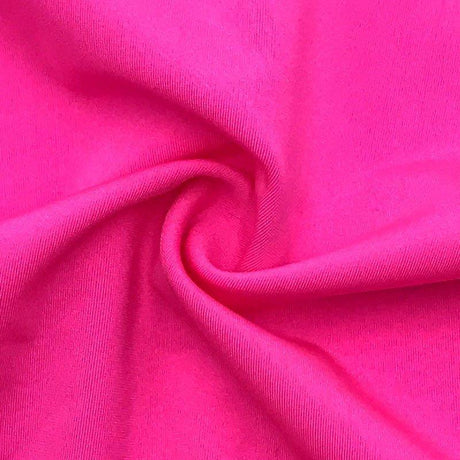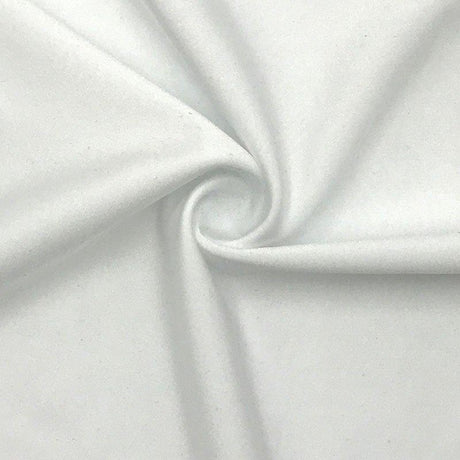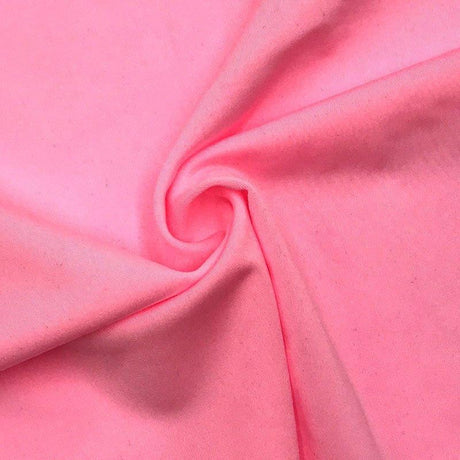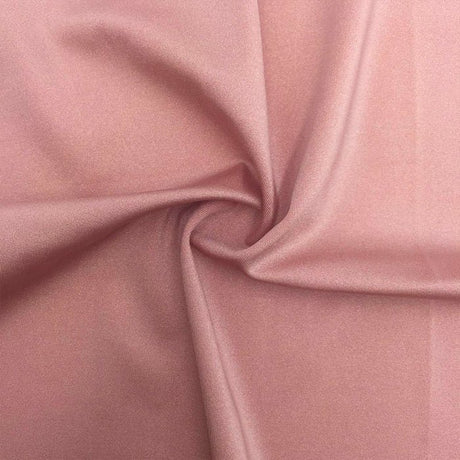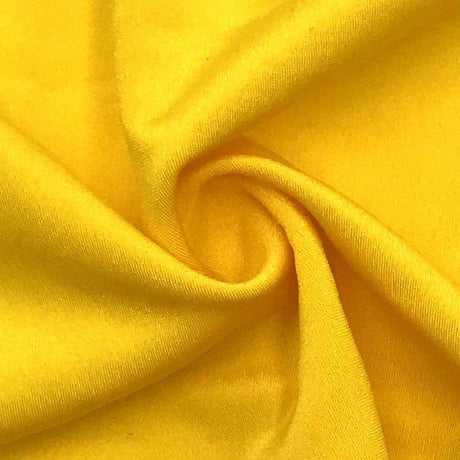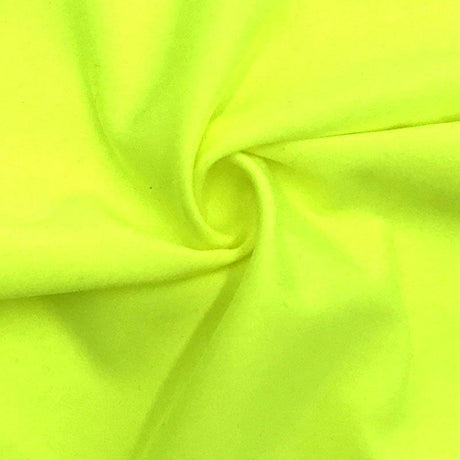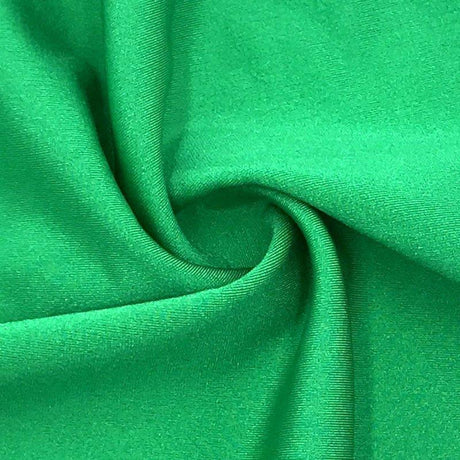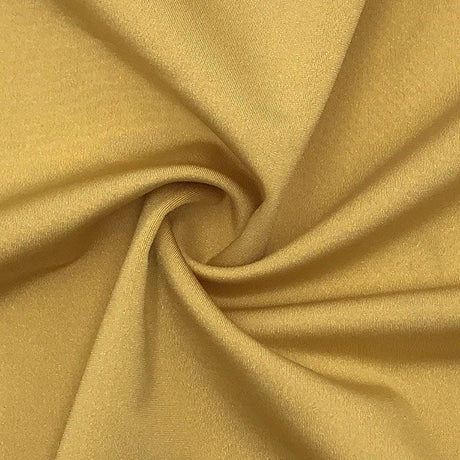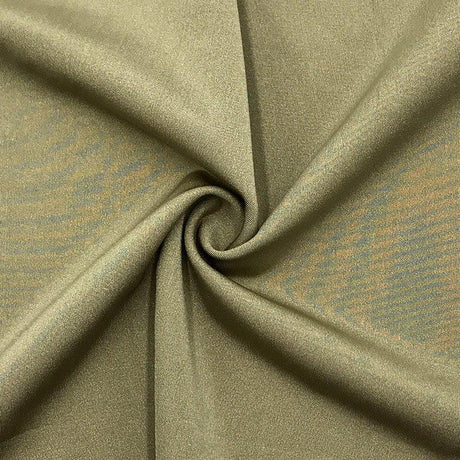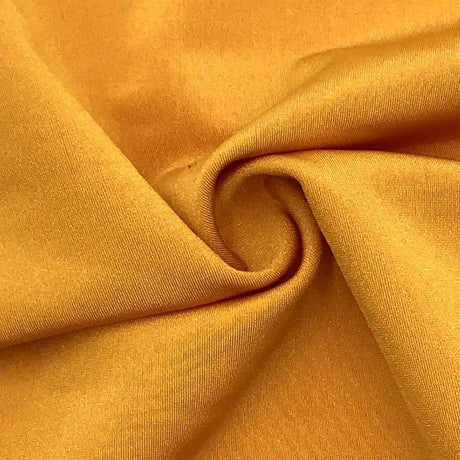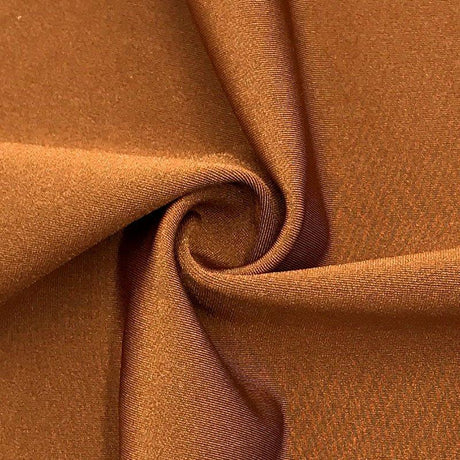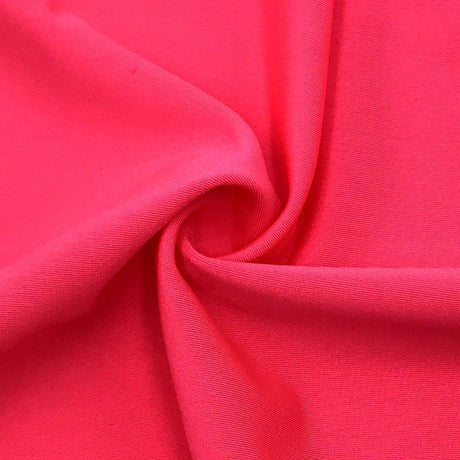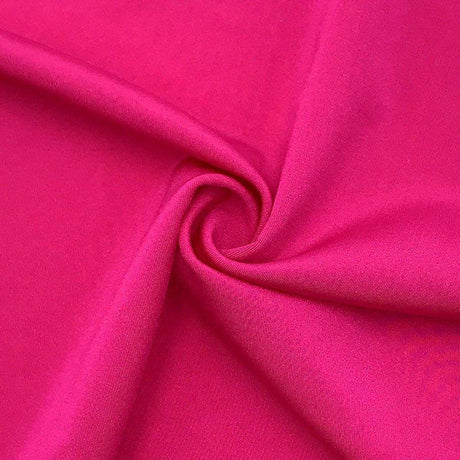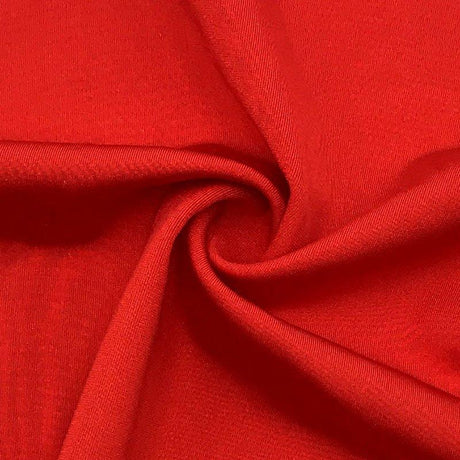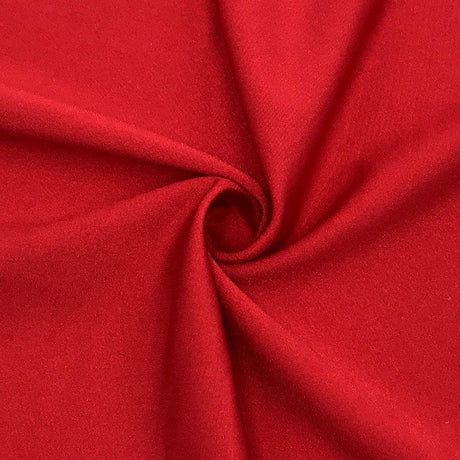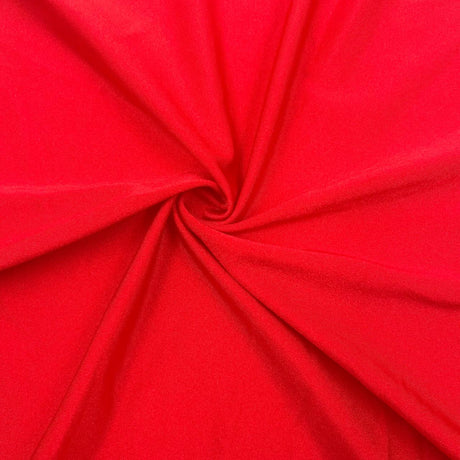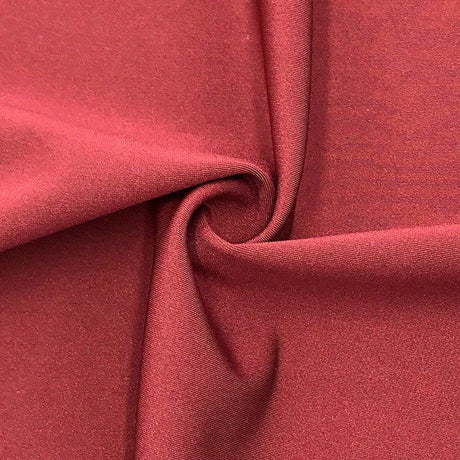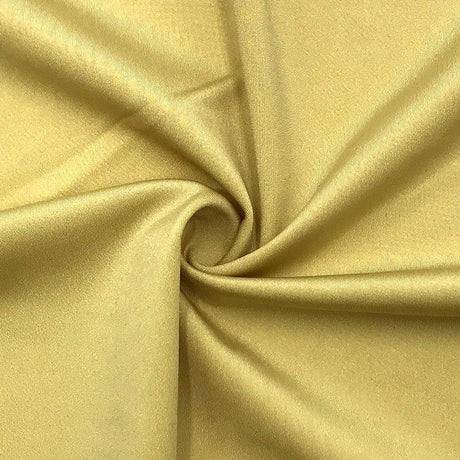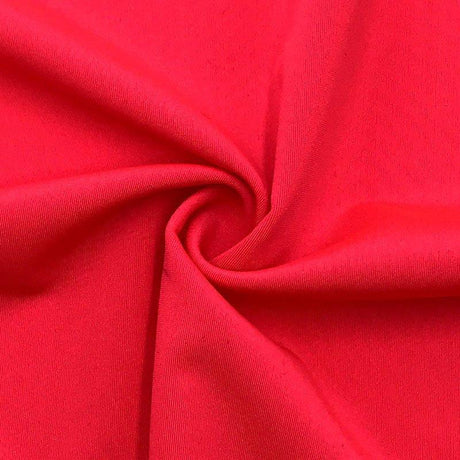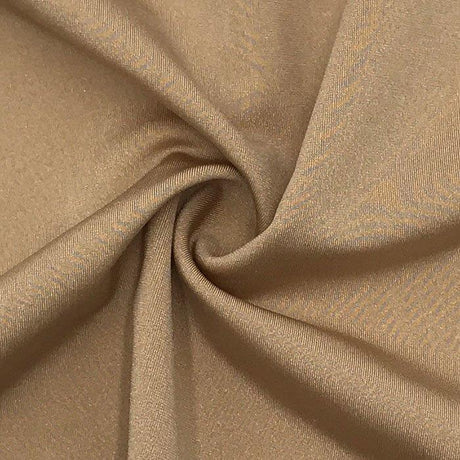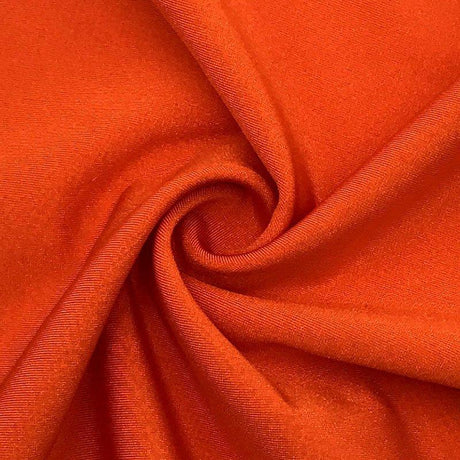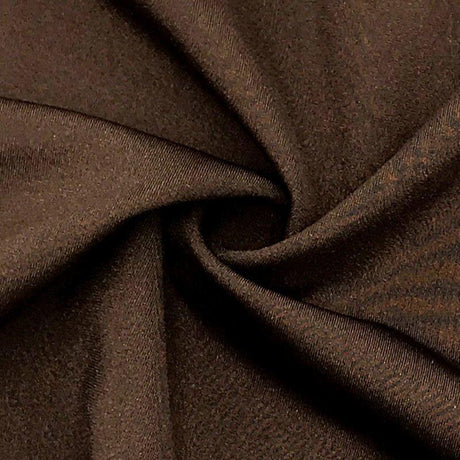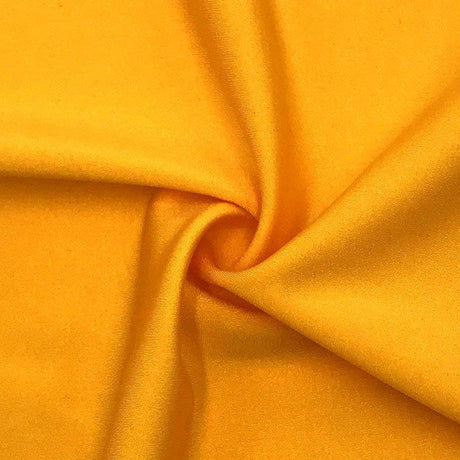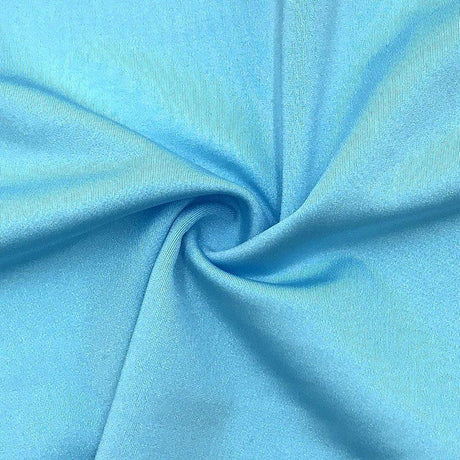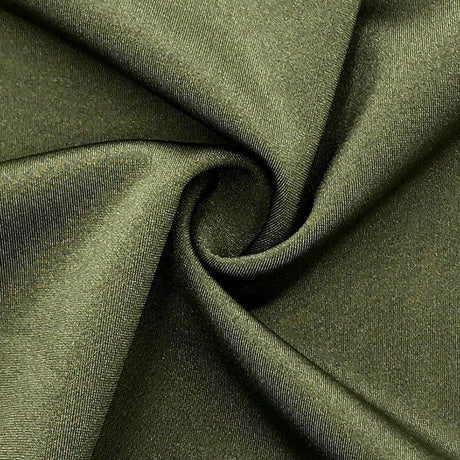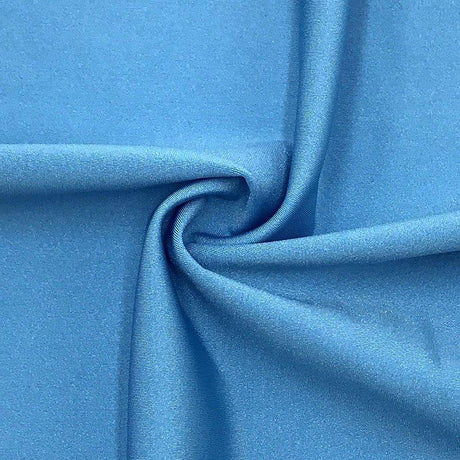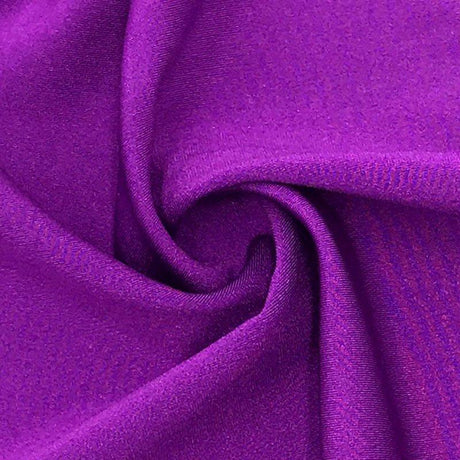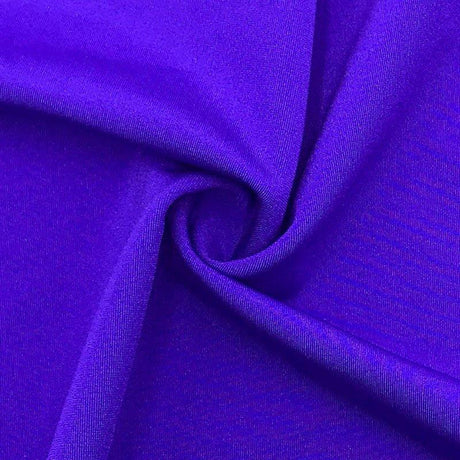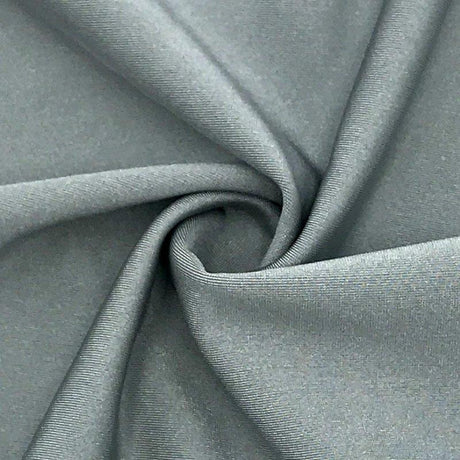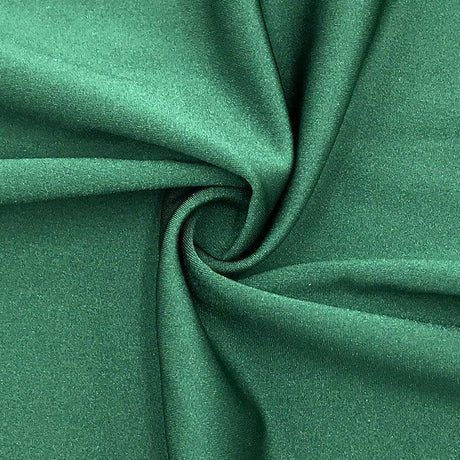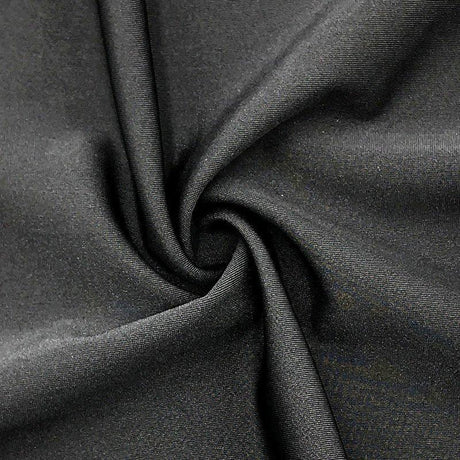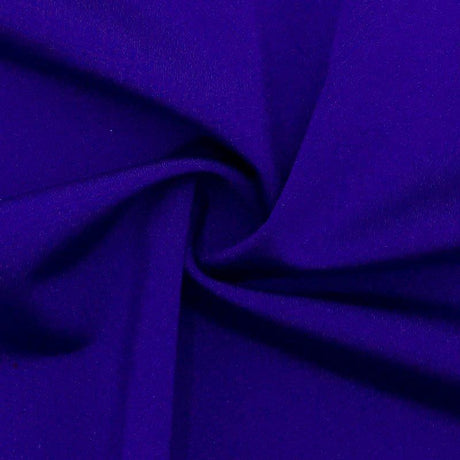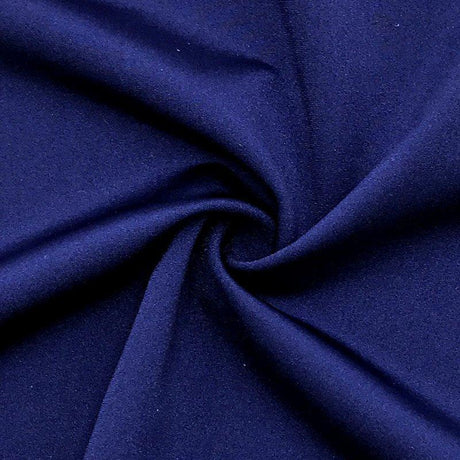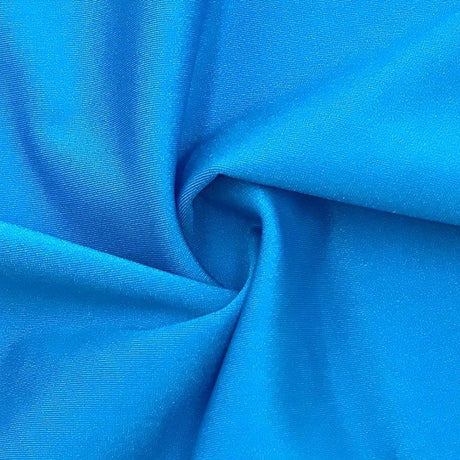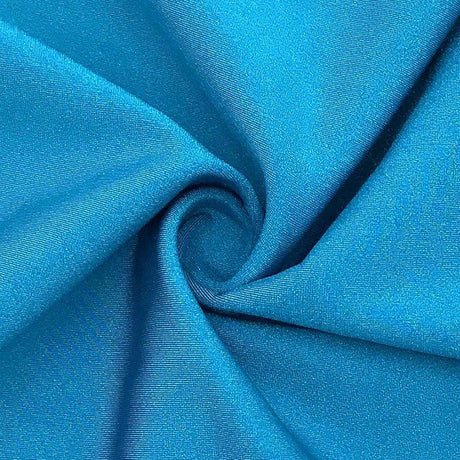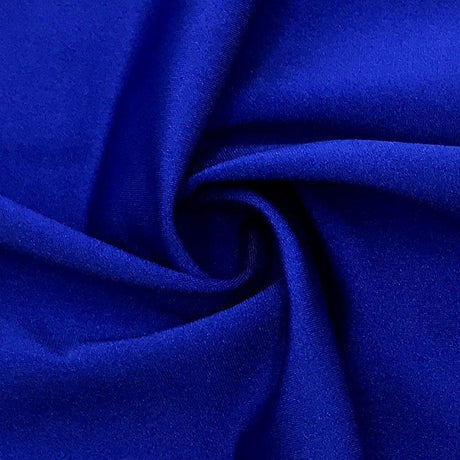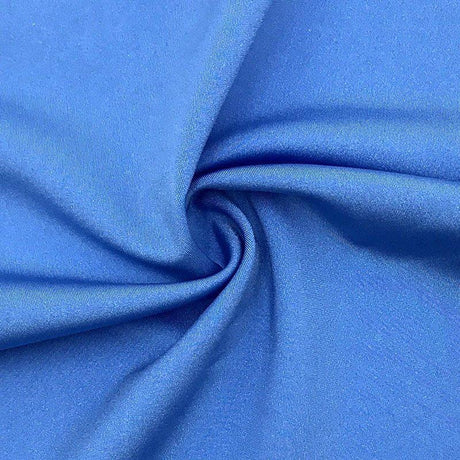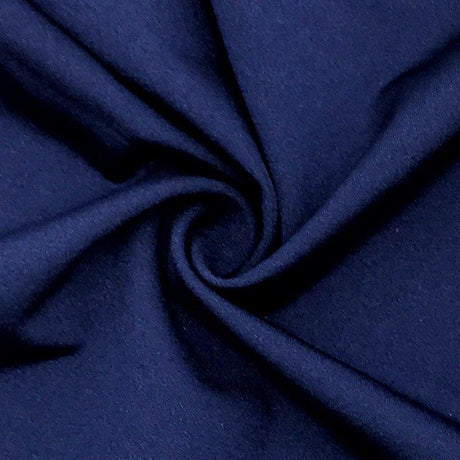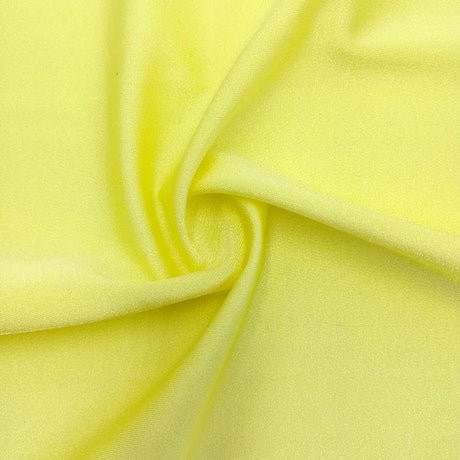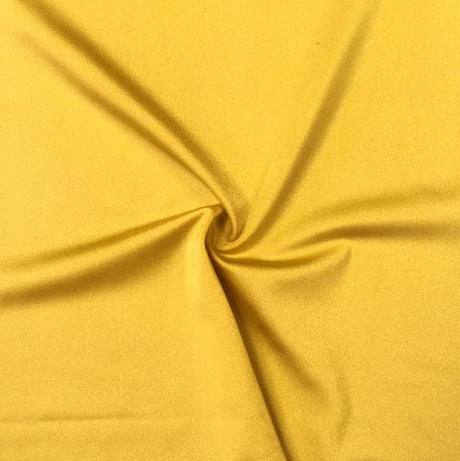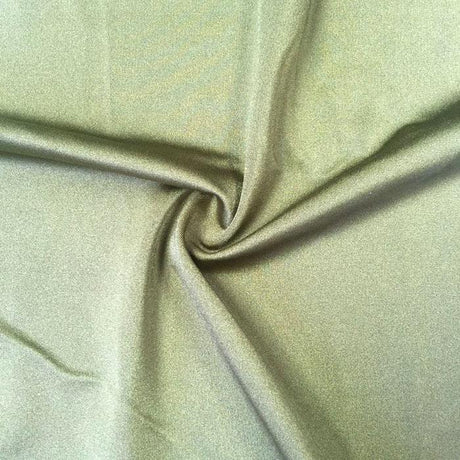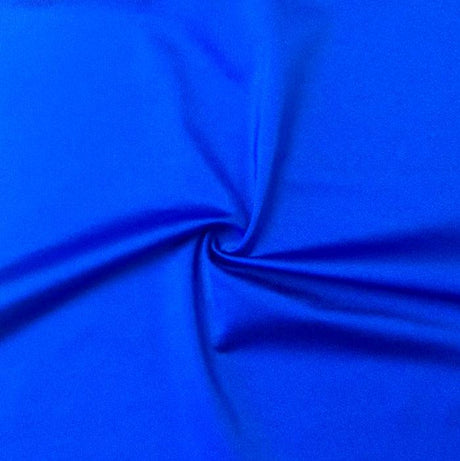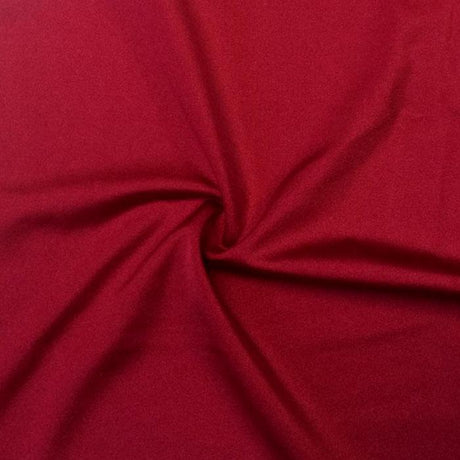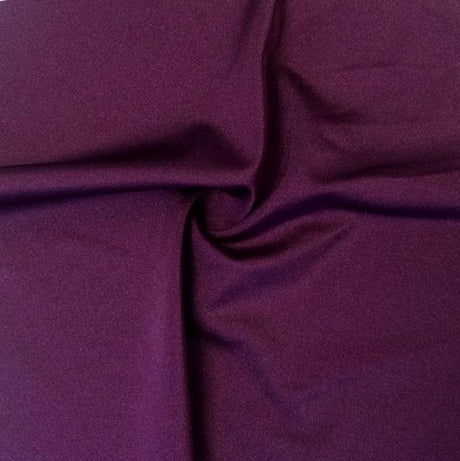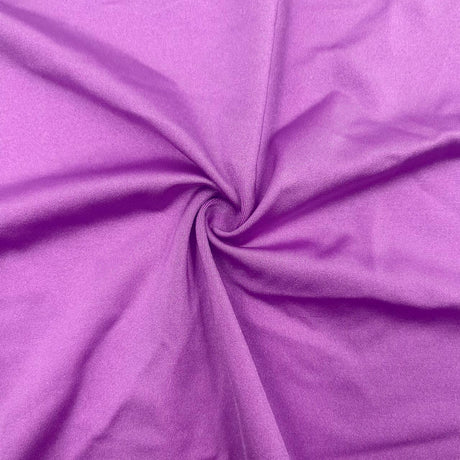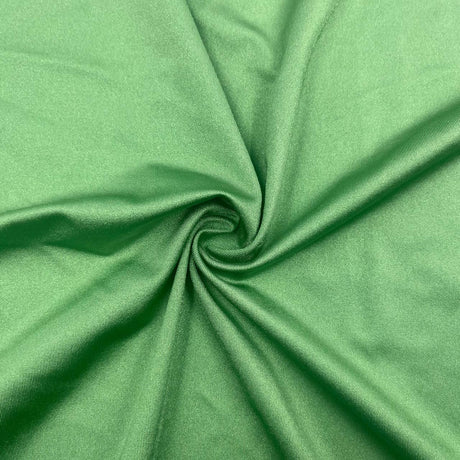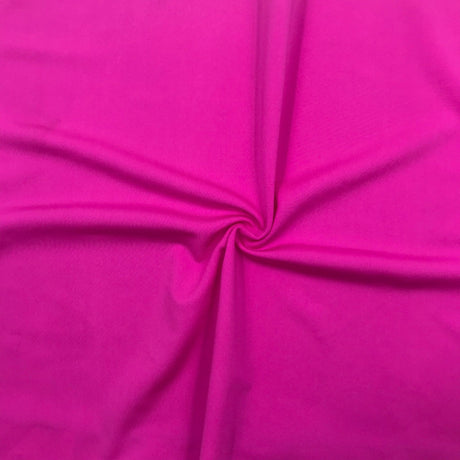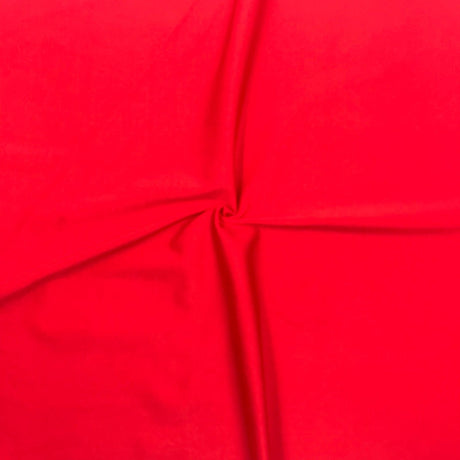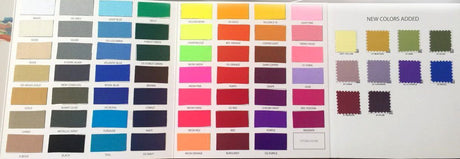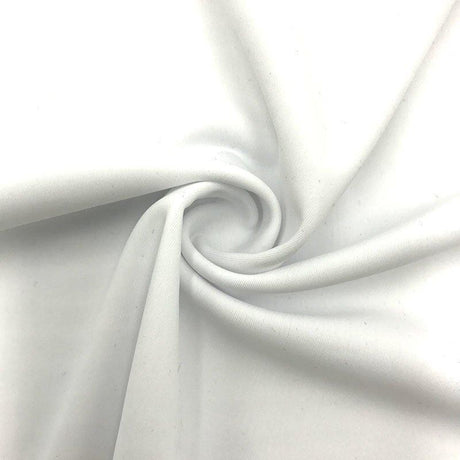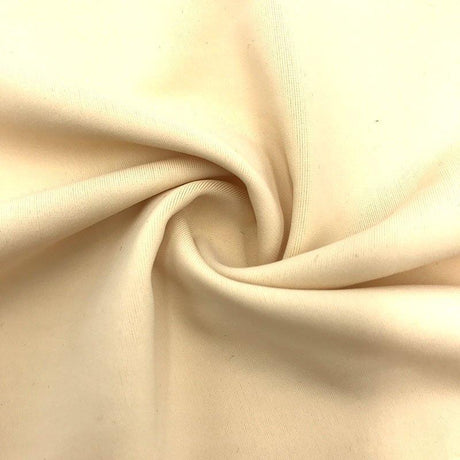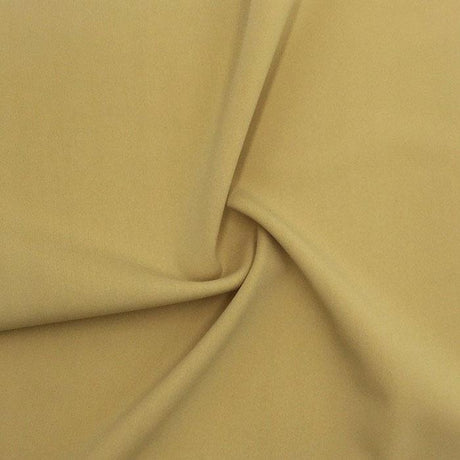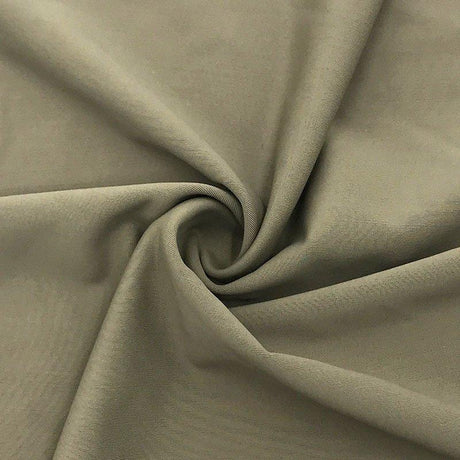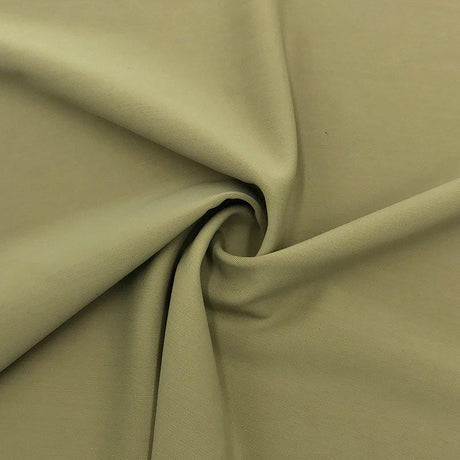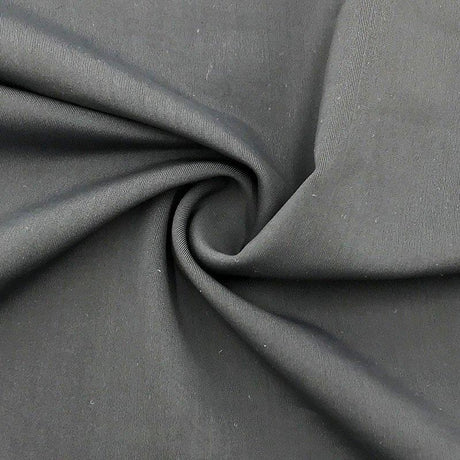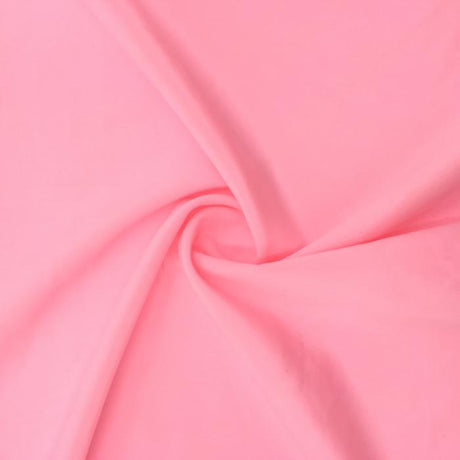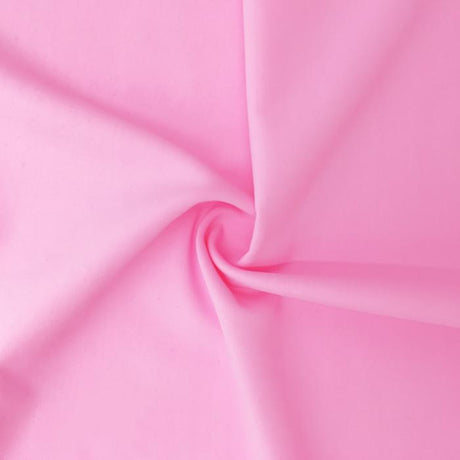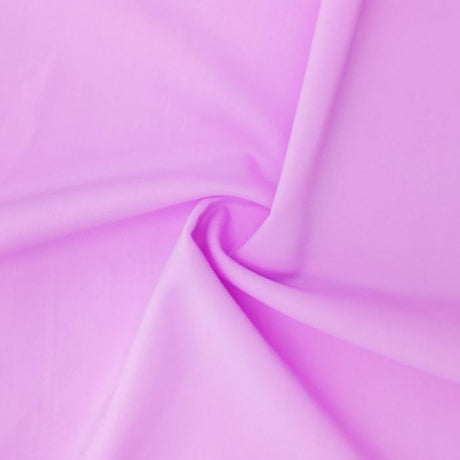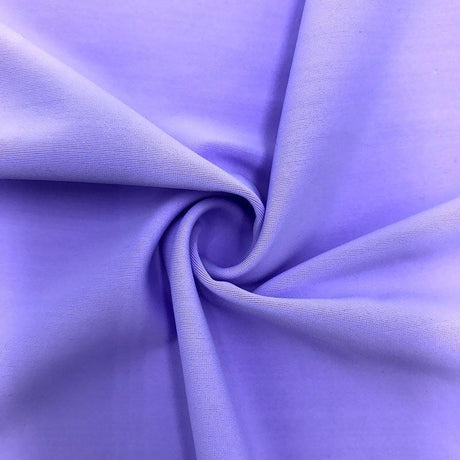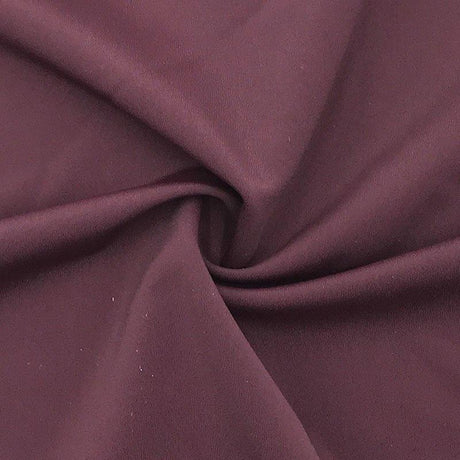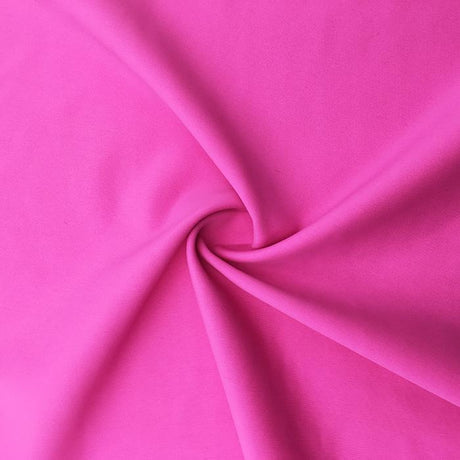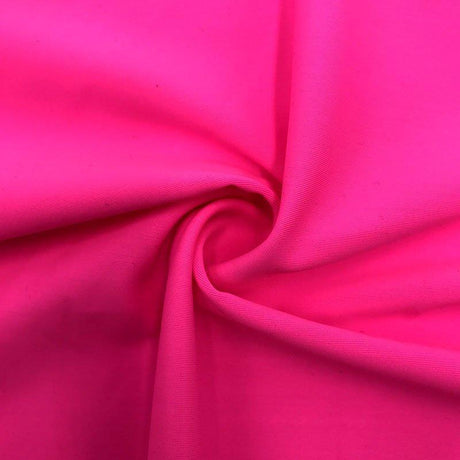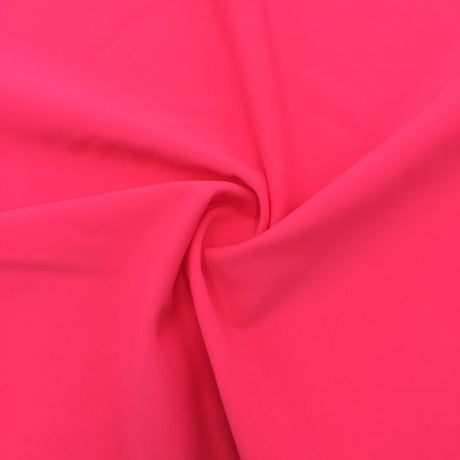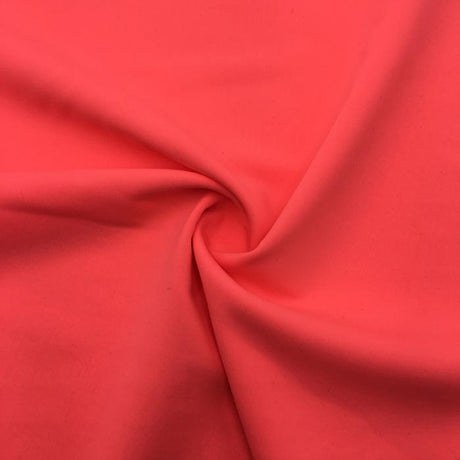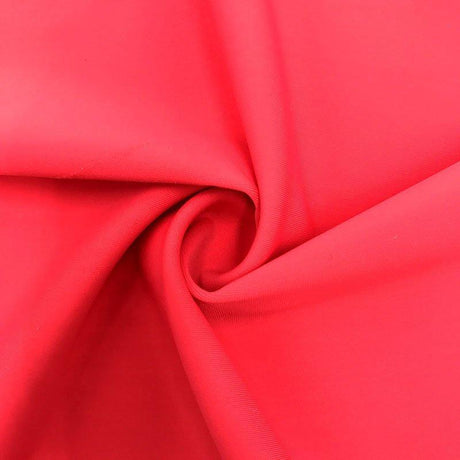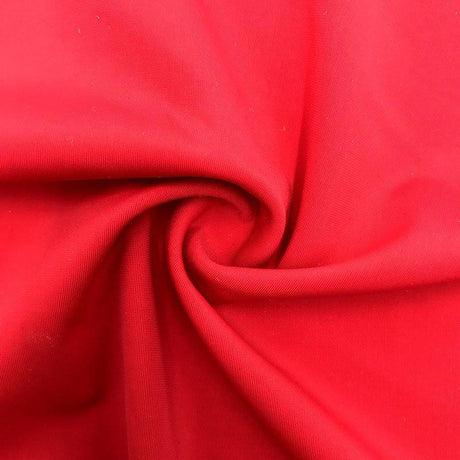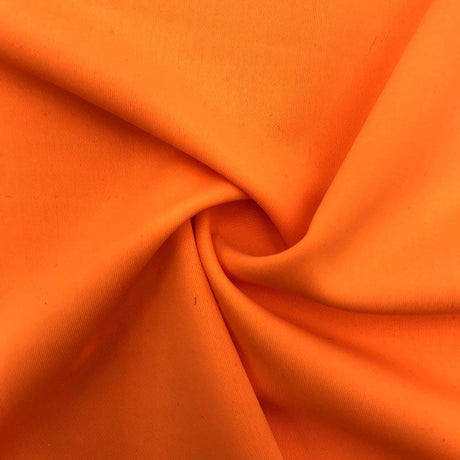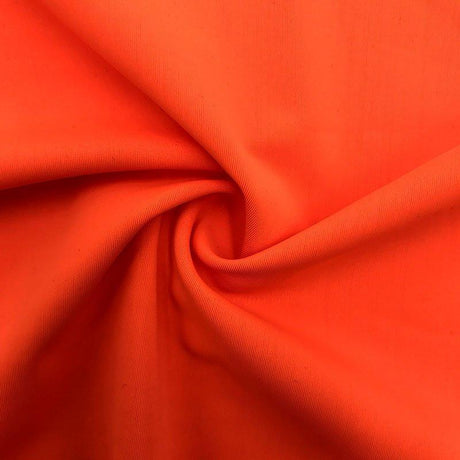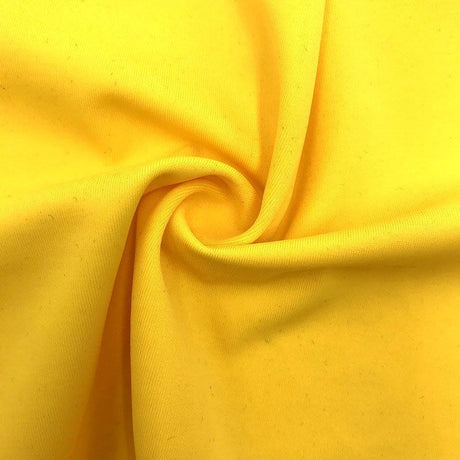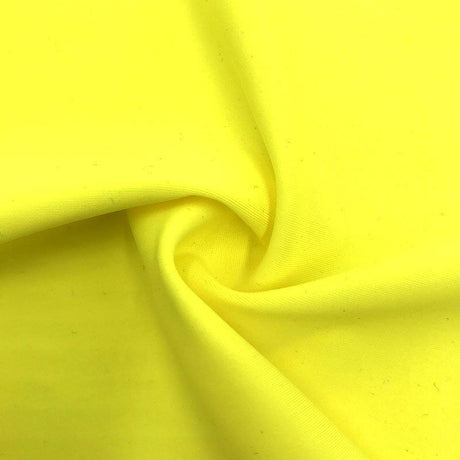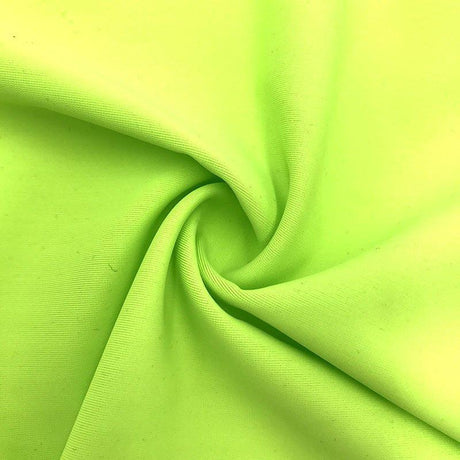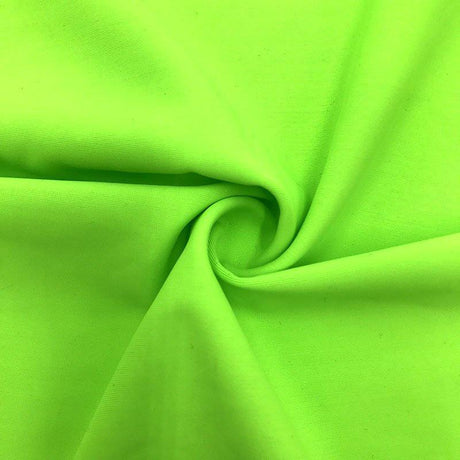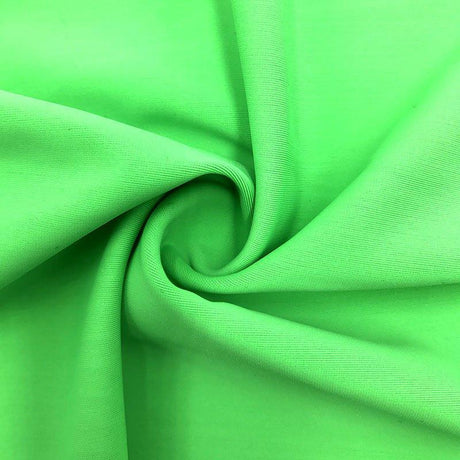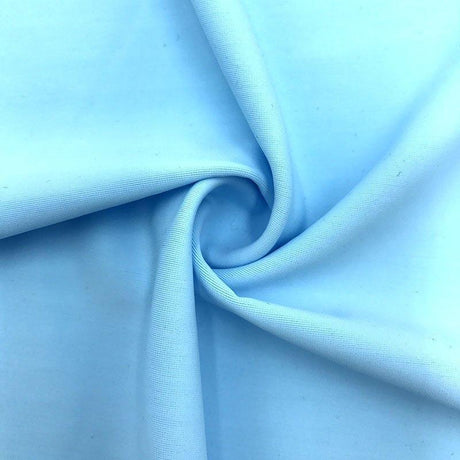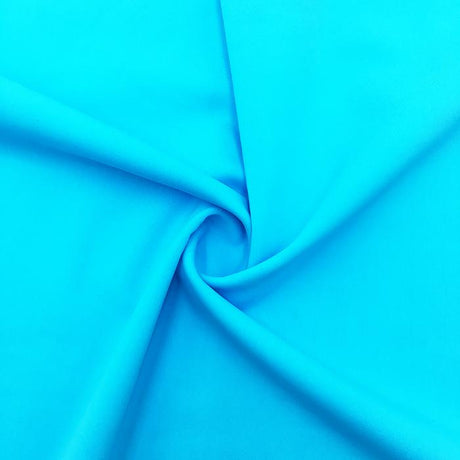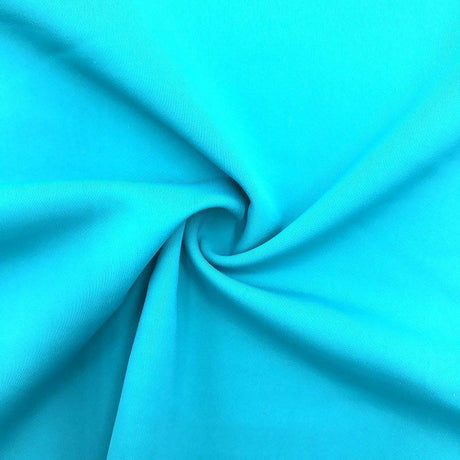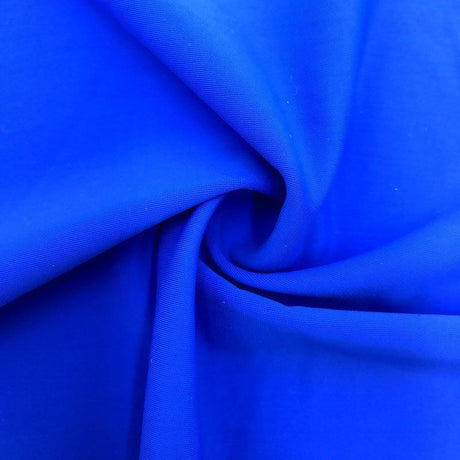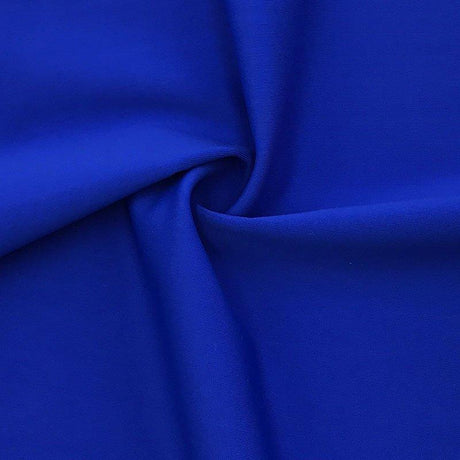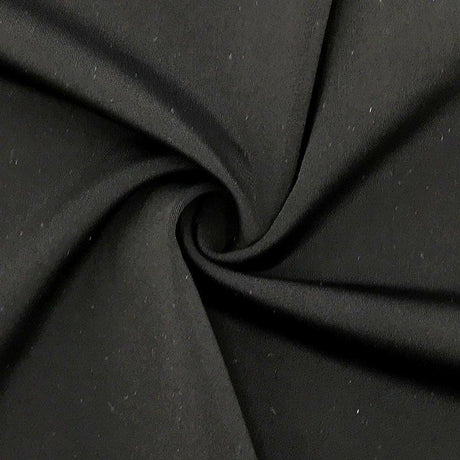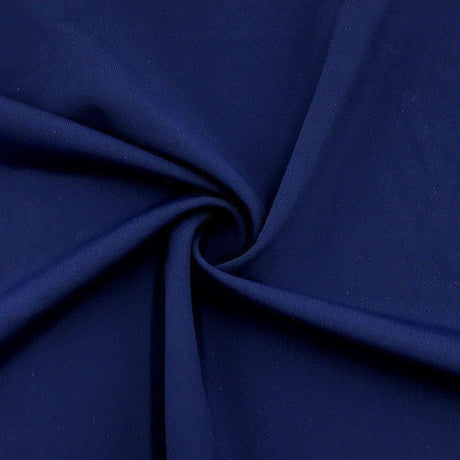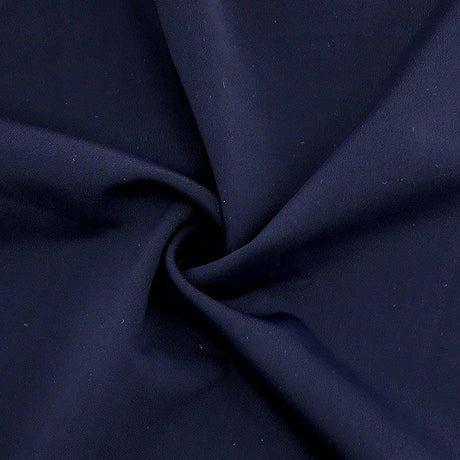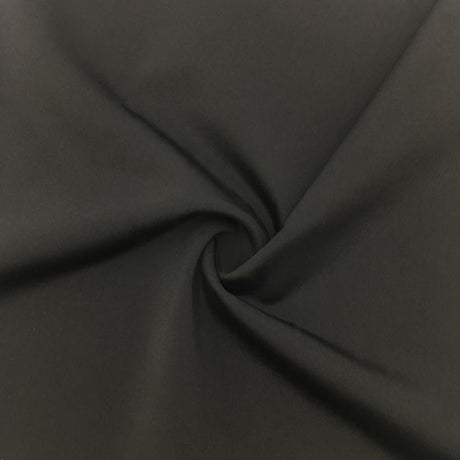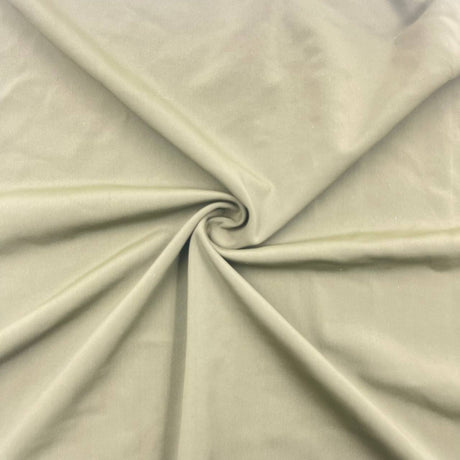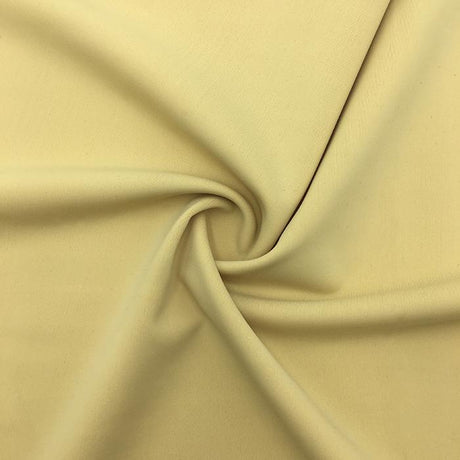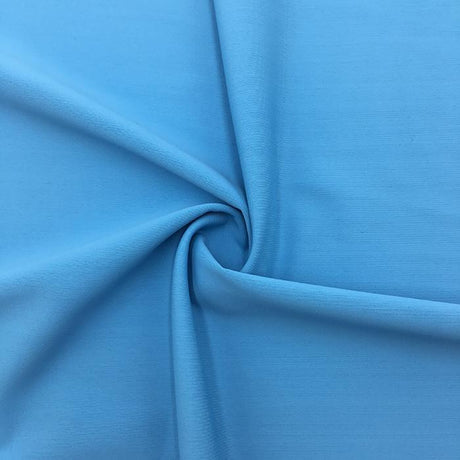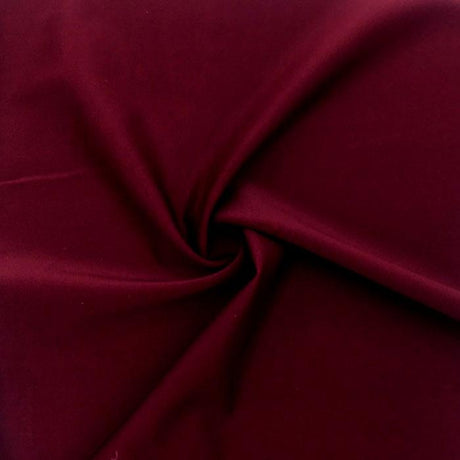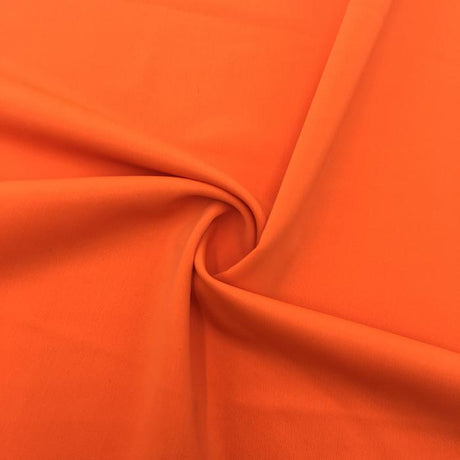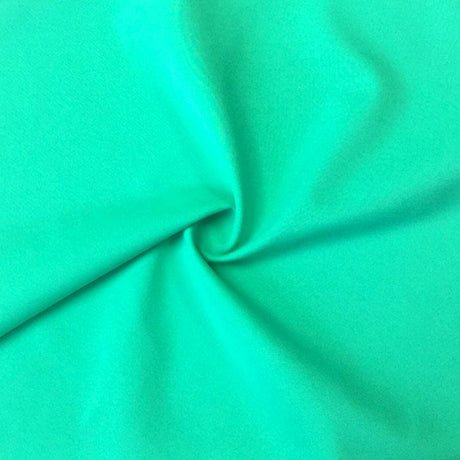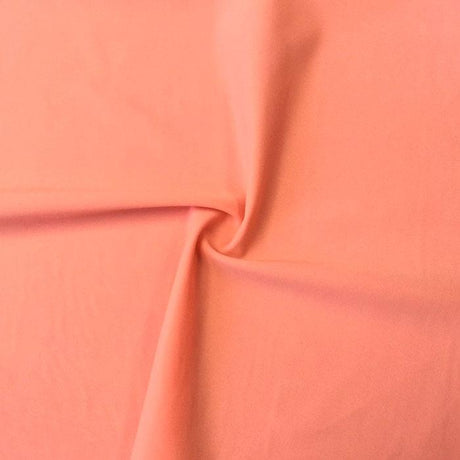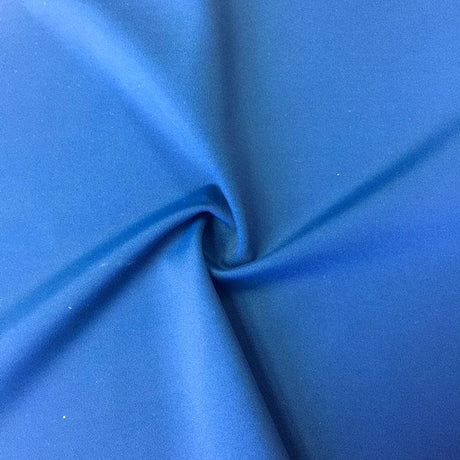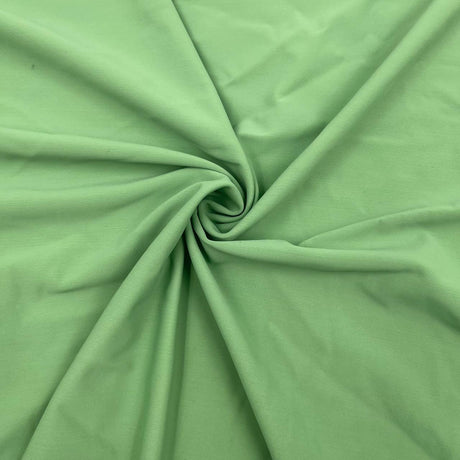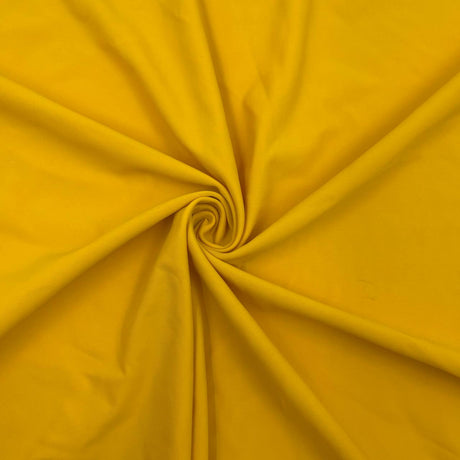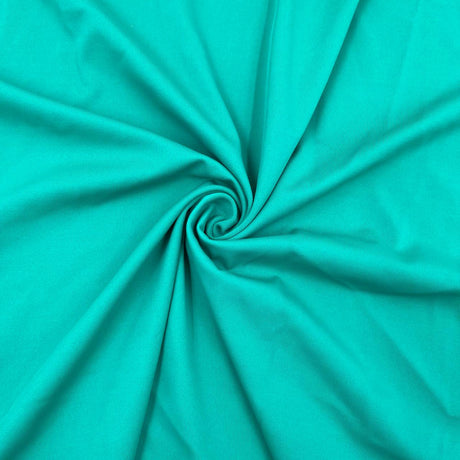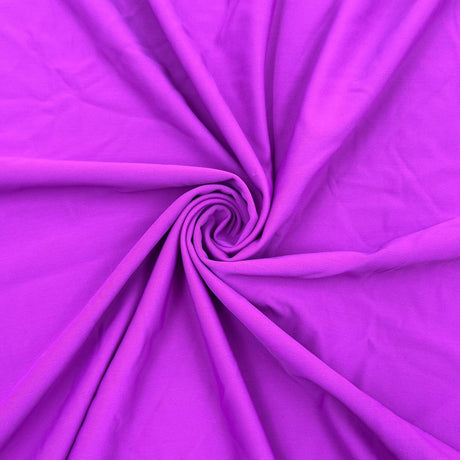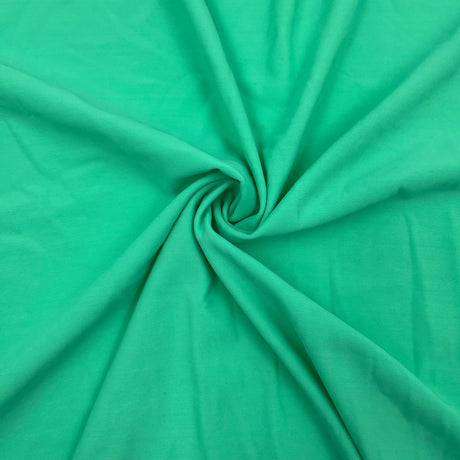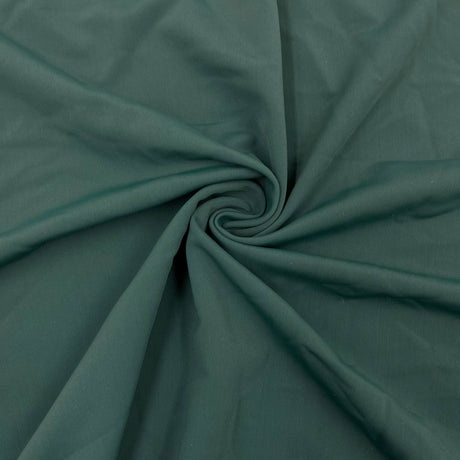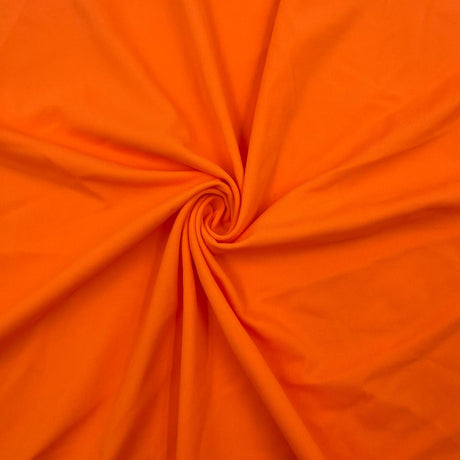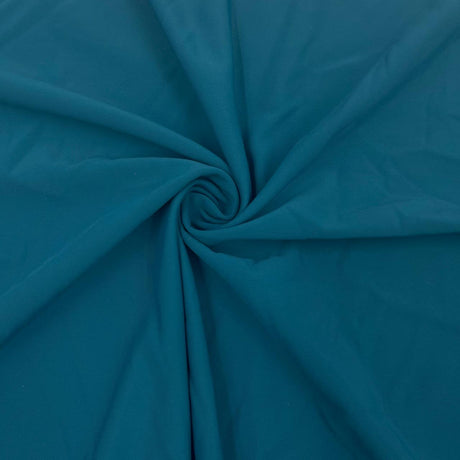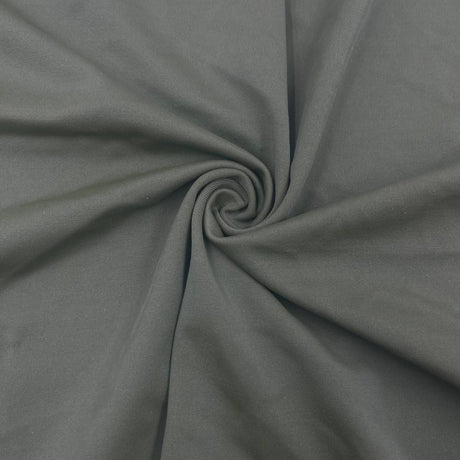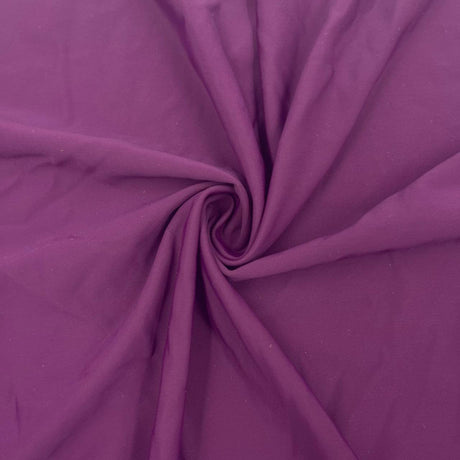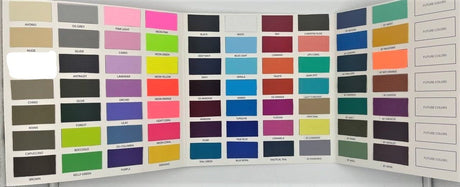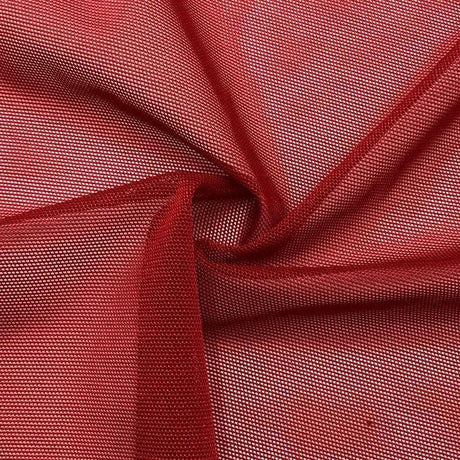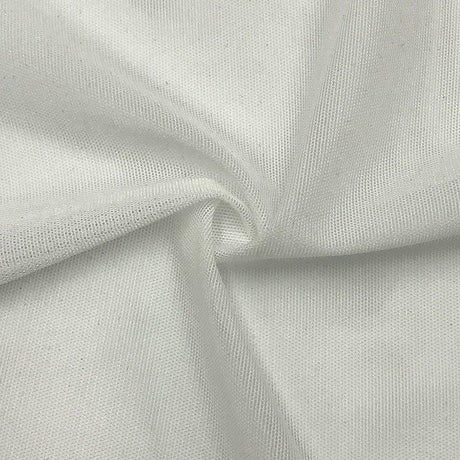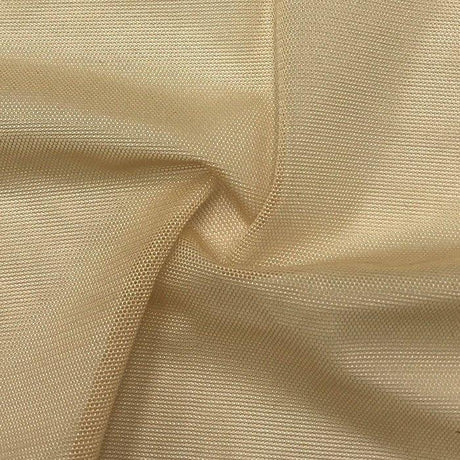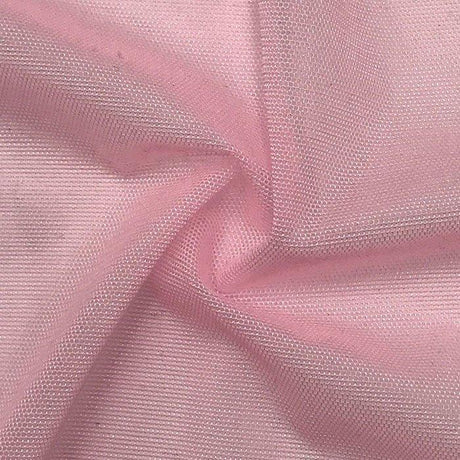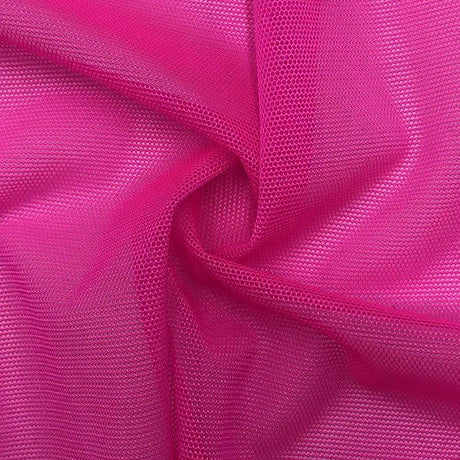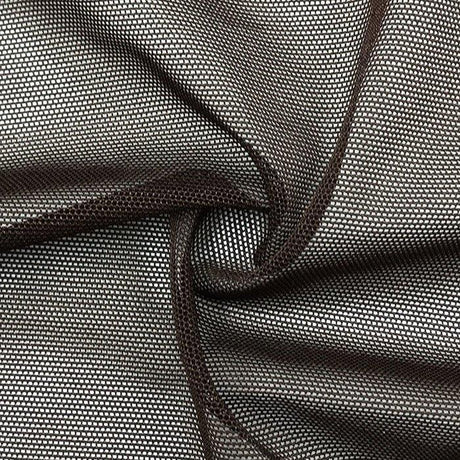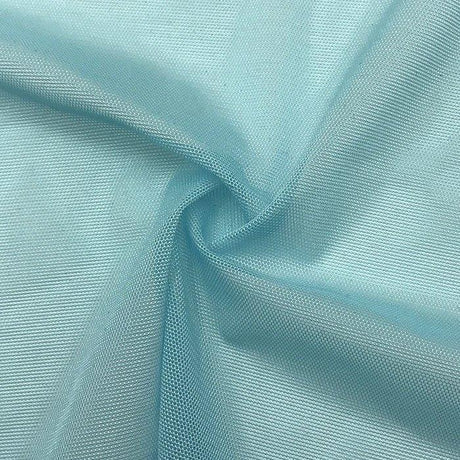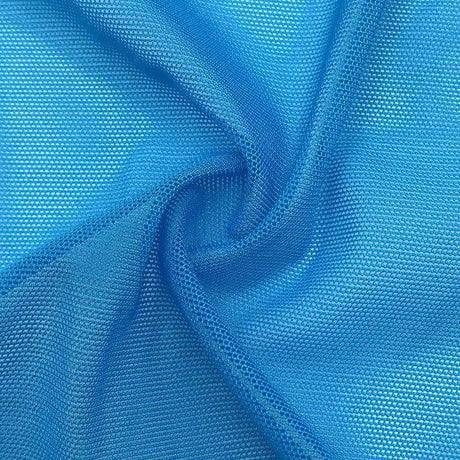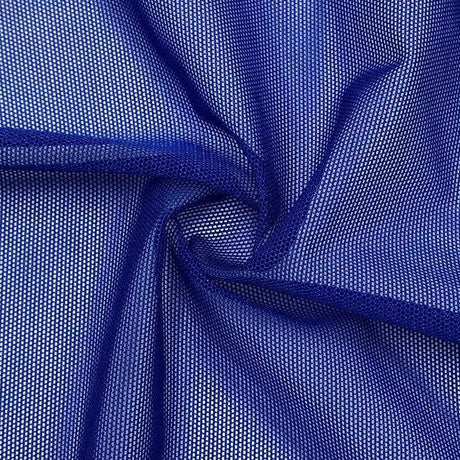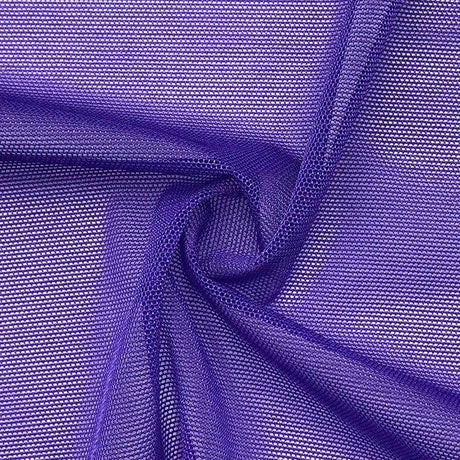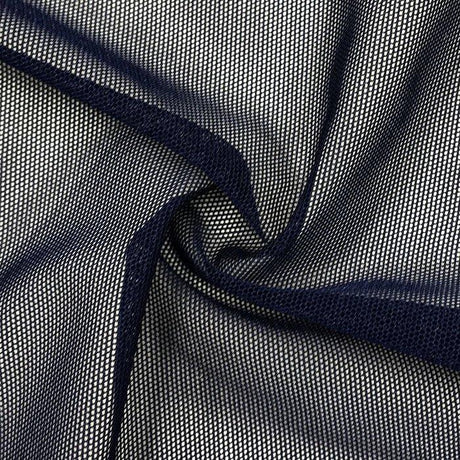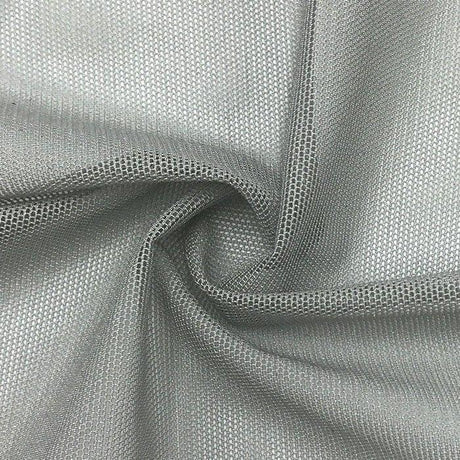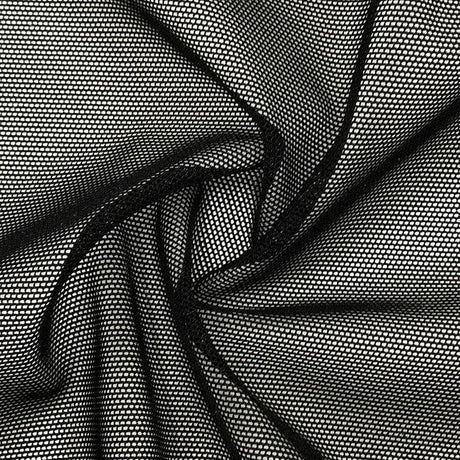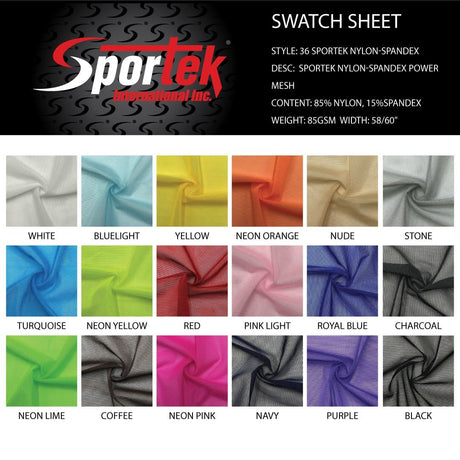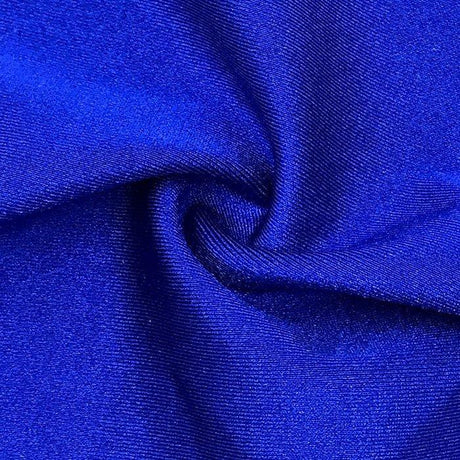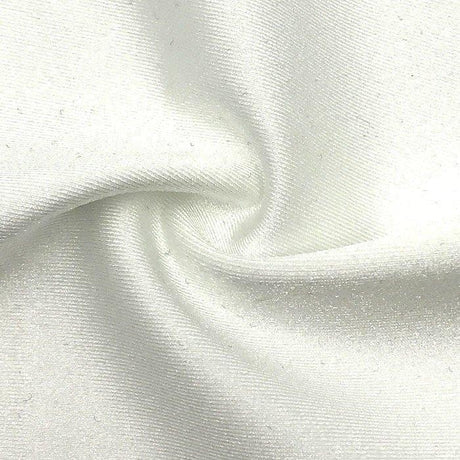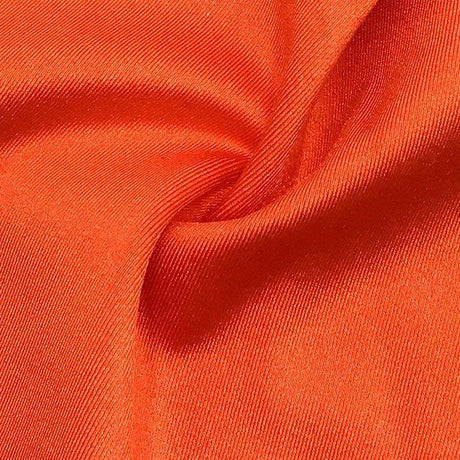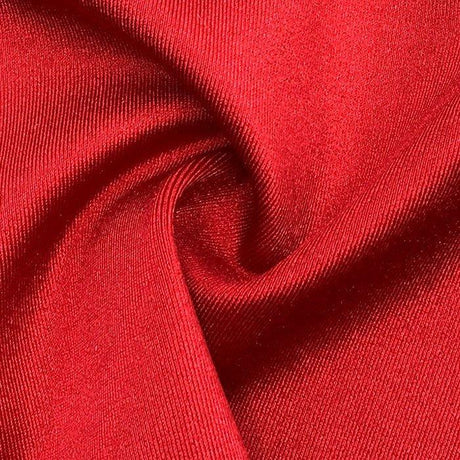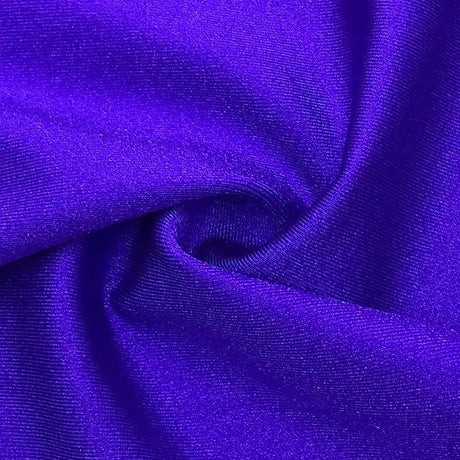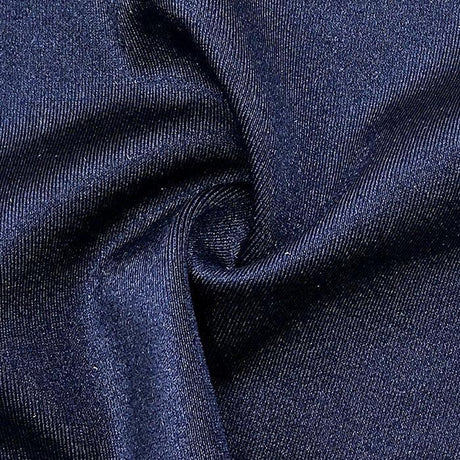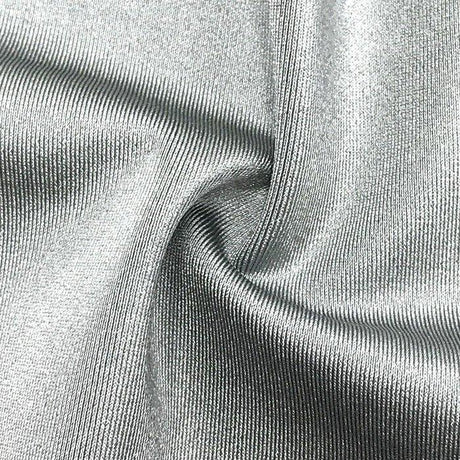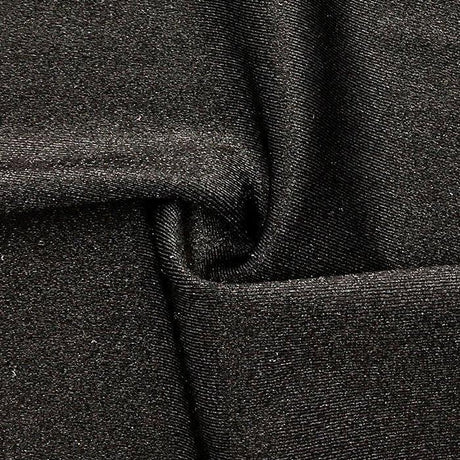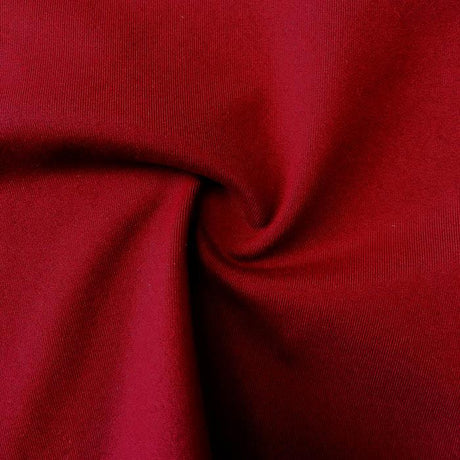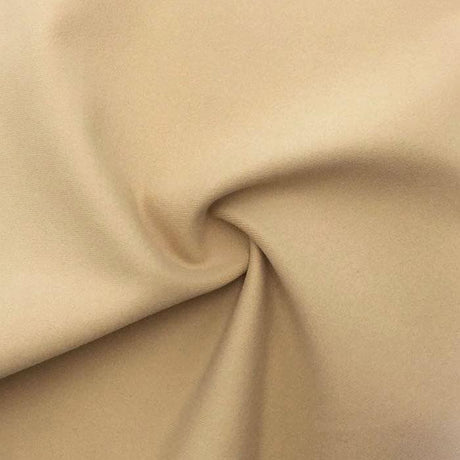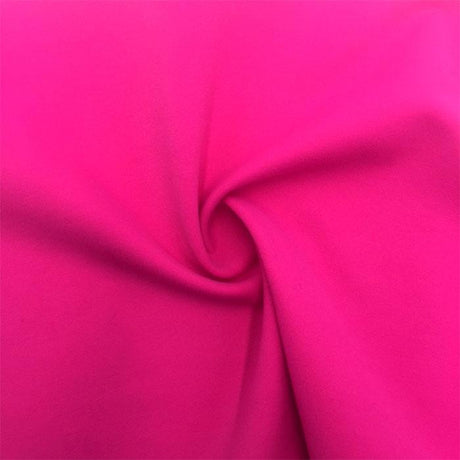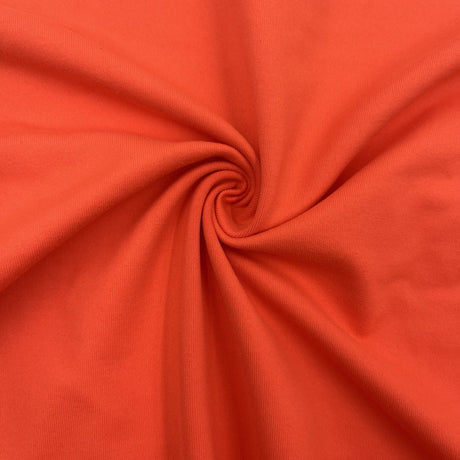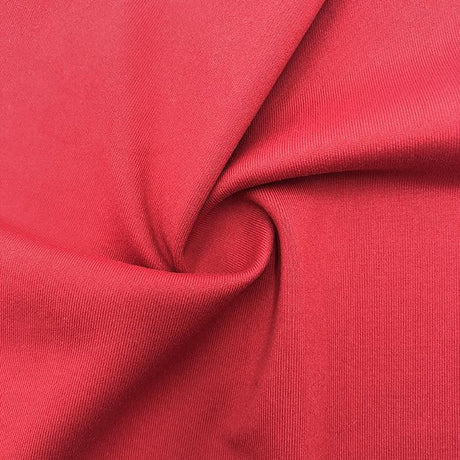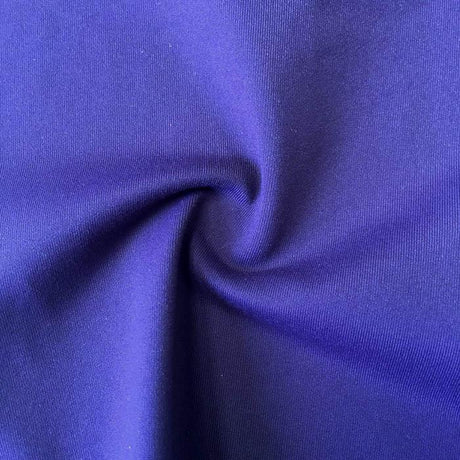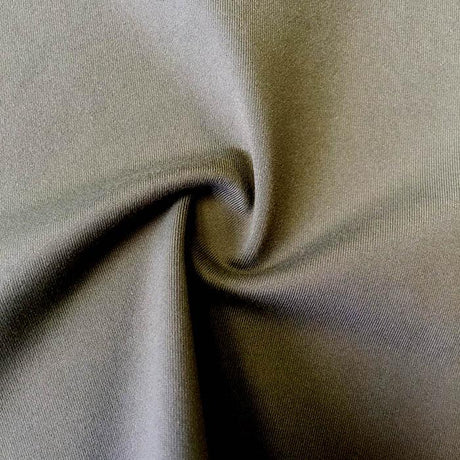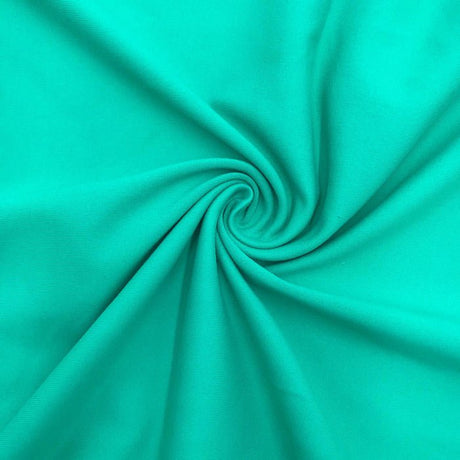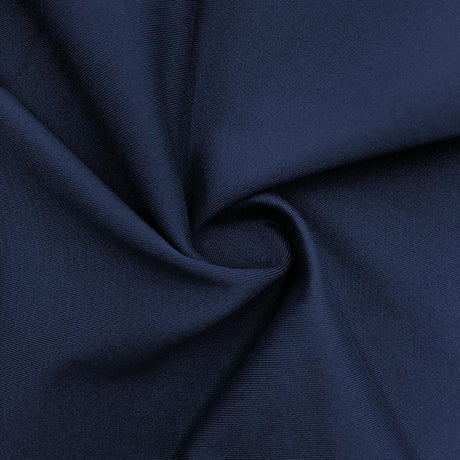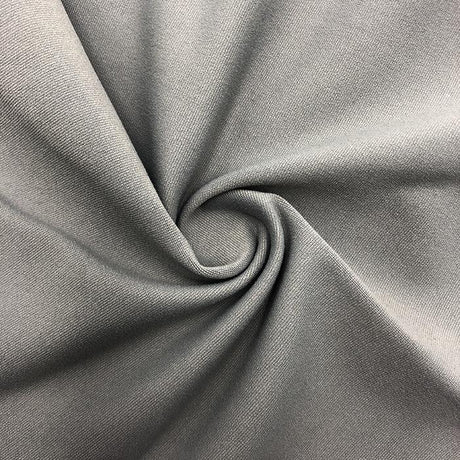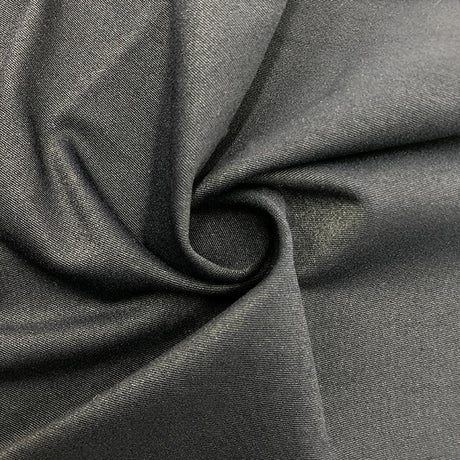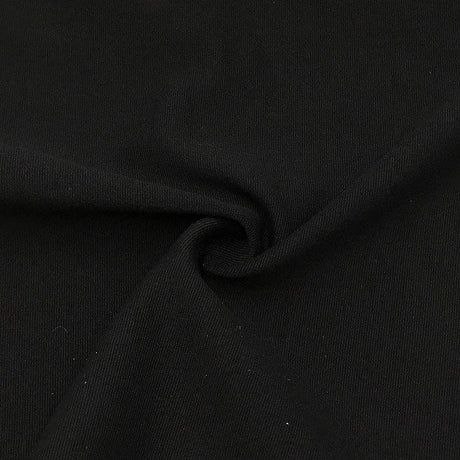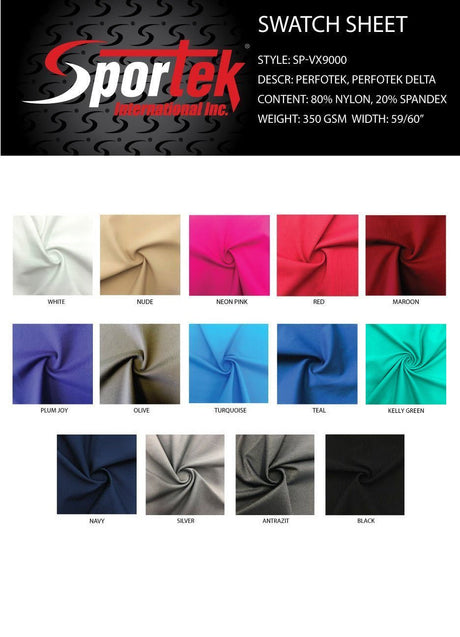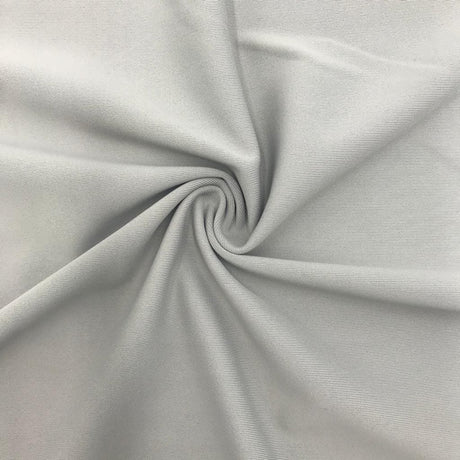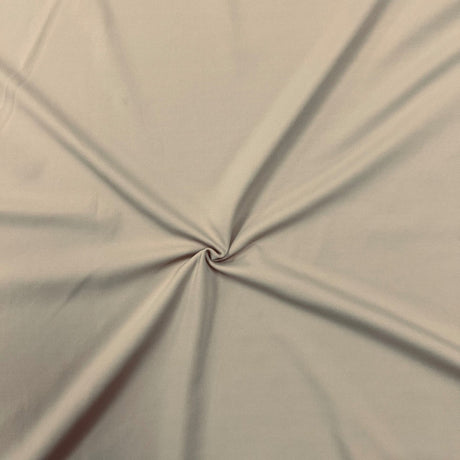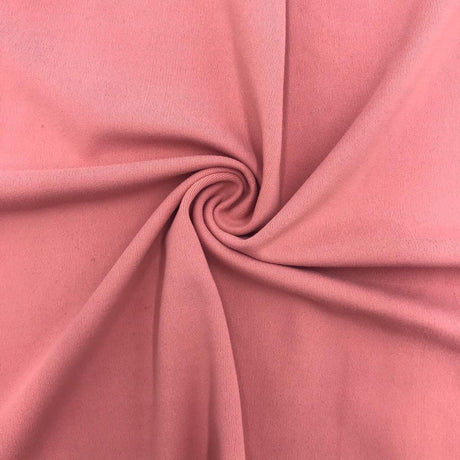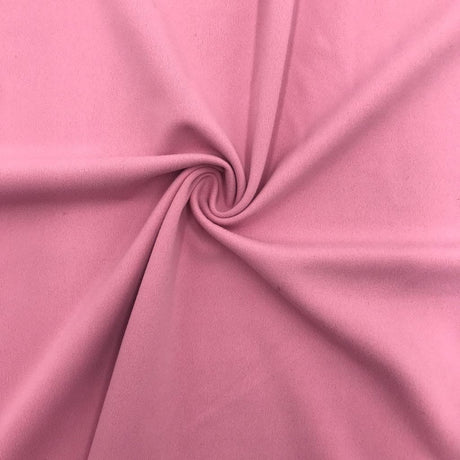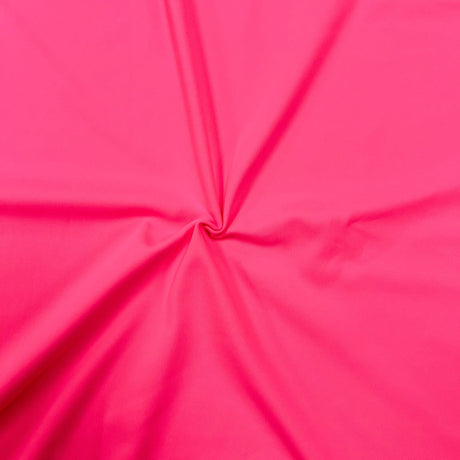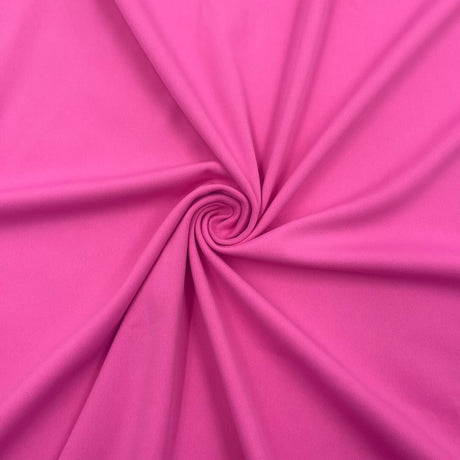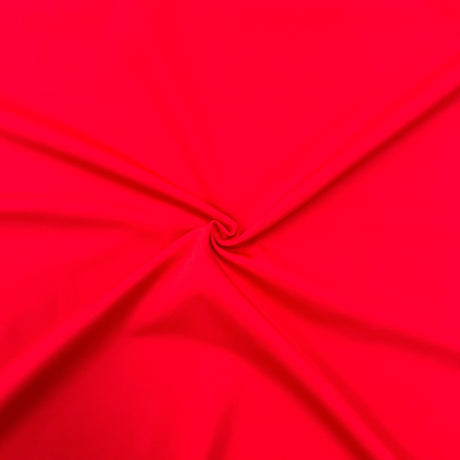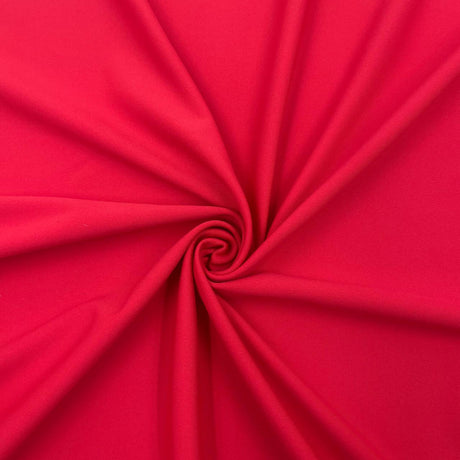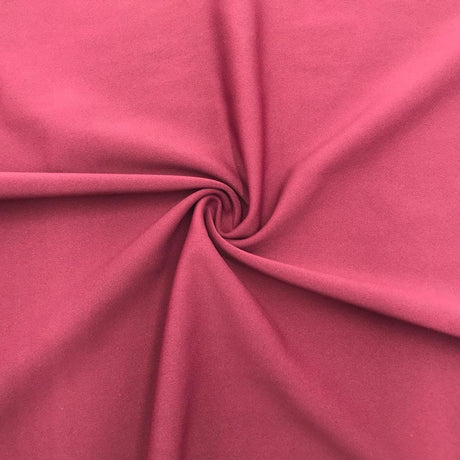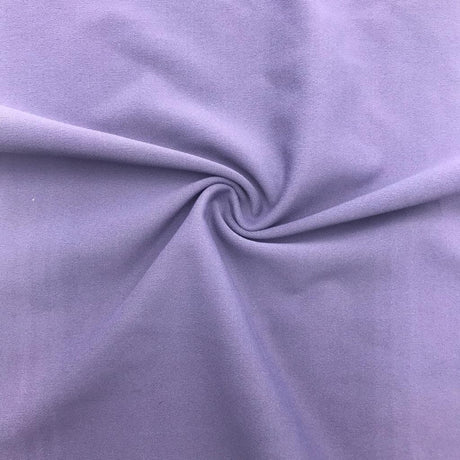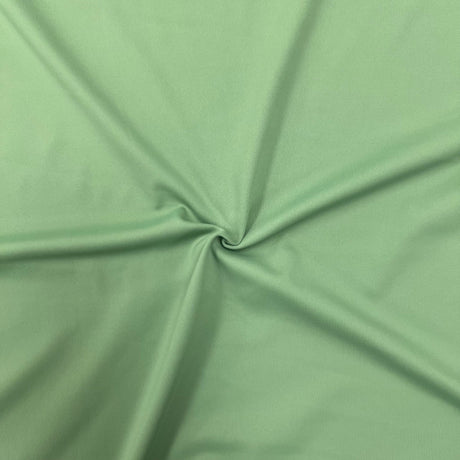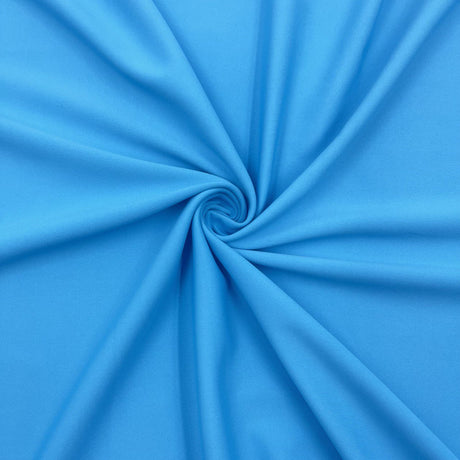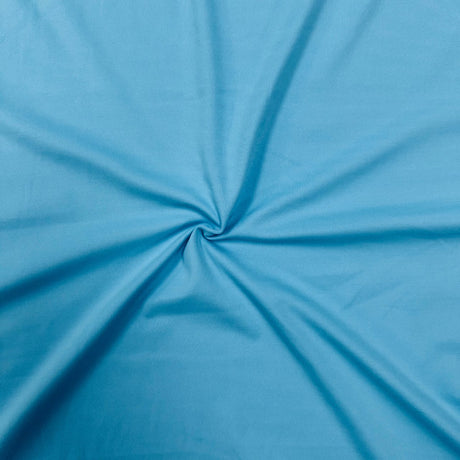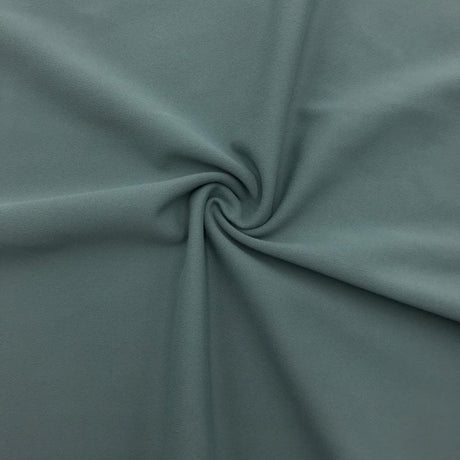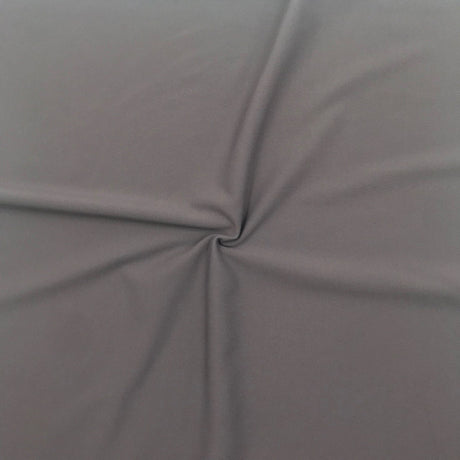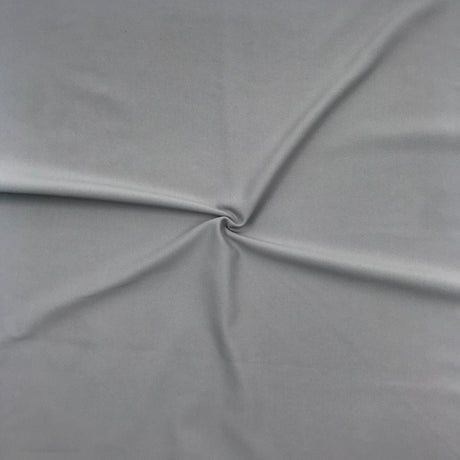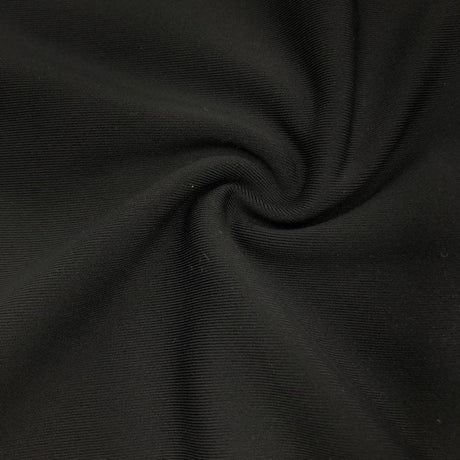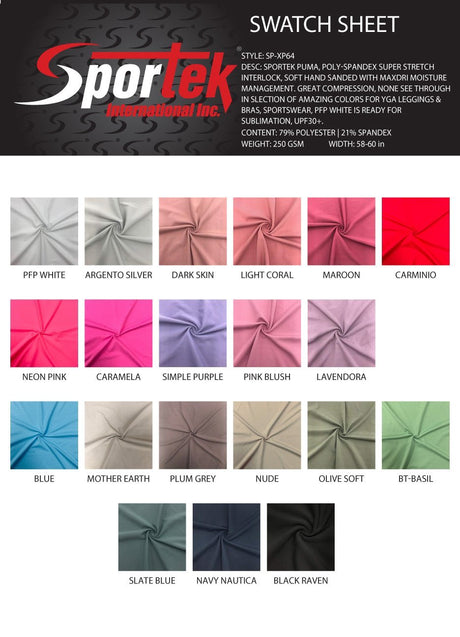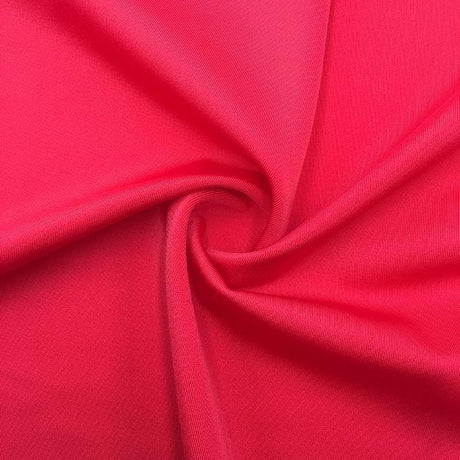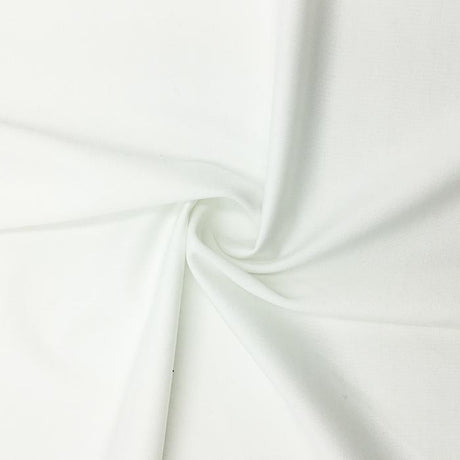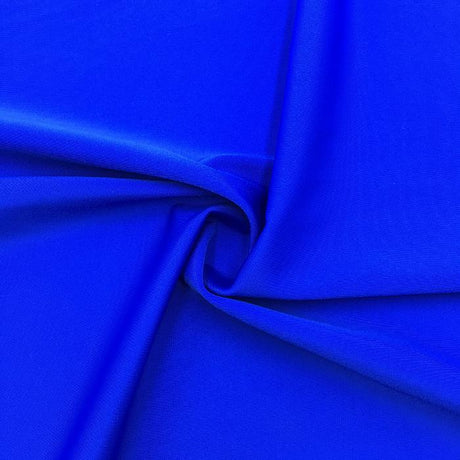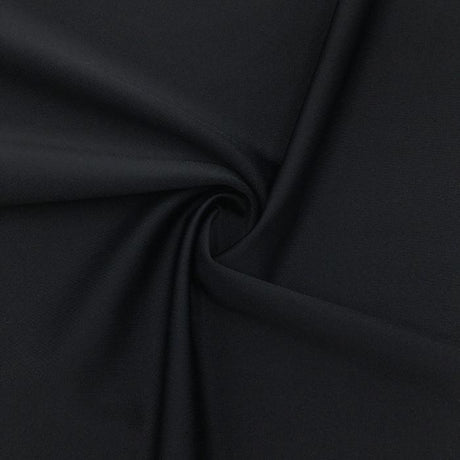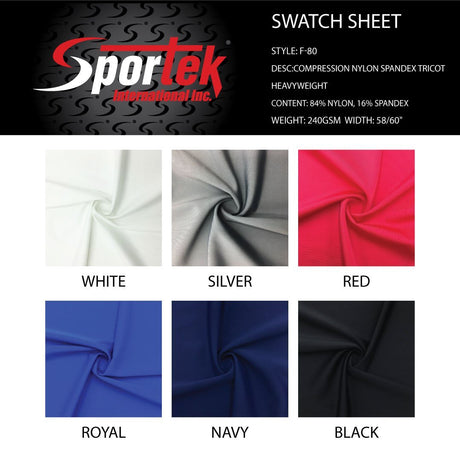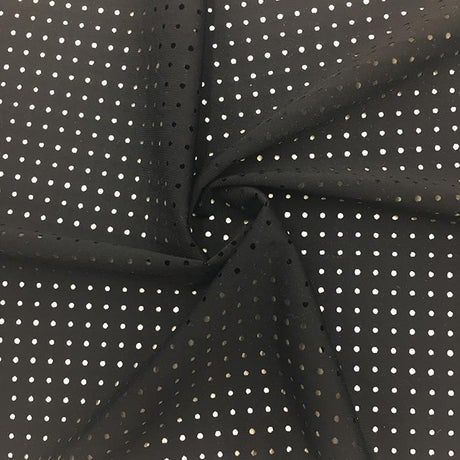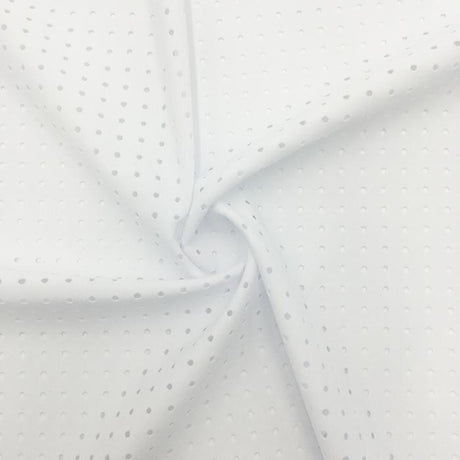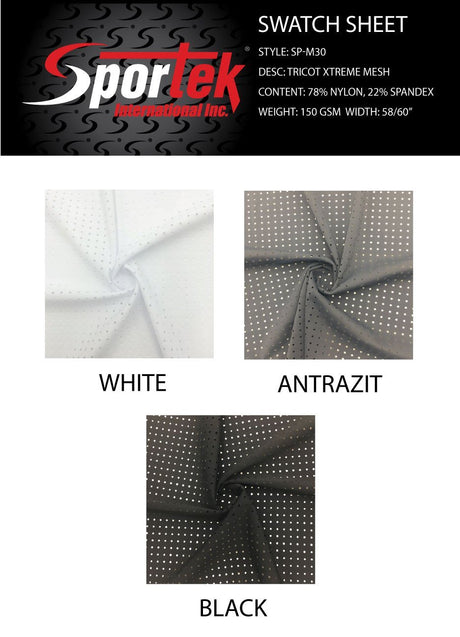If you’ve ever worn a pair of stretchy leggings or a snug swimsuit, you’ve encountered the wonders of spandex – or was that Lycra? Many people use the terms spandex and Lycra interchangeably, leading to plenty of confusion about whether they’re the same thing or something worlds apart. Spoiler alert: they’re essentially the same fiber, just different names. In this article, we’ll clarify the difference (or lack thereof) between spandex and Lycra, explore the origin of both terms, and explain what makes this super-stretchy material so special. We’ll also dive into how the terms are used around the world (did you know “elastane” is yet another name for it?), compare the performance of generic spandex vs. branded Lycra, and give some tips for buying stretch fabric. By the end, you’ll know exactly what’s what in the spandex vs lycra debate – and how to make the best choices for your needs.
What Is Spandex (aka Elastane)?
Spandex is the generic name of a synthetic elastic fiber known for its exceptional stretch. In fact, spandex can stretch to 4–7 times its original length (400–700% elongation) and snap right back to shape without breaking. This makes it a game-changer for form-fitting clothes and any garment that needs to move with your body. Technically, spandex is a type of polymer fiber – specifically a polyurethane-polyurea copolymer – meaning it’s made from long chains of polymer that give it a rubber-like elasticity. In North America, we call this fiber “spandex,” a name famously coined as an anagram of the word “expands”. Elsewhere in the world, you might see it labeled as “elastane,” which is simply the international term for the same material.
Spandex fibers are lightweight, smooth, and very durable despite their stretchiness. They’re often blended into other materials – for example, a pair of jeans with 2% spandex, or a swimsuit that’s 20% spandex with the rest nylon. Even a small percentage of spandex blended with cotton or polyester can dramatically improve a fabric’s stretch and shape retention. This fiber can stretch up to 500% (five times its length) and still recover to its original shape, which is why your stretchy yoga pants snap back after each wear. It was originally developed in the late 1950s by chemists at DuPont, who were seeking a replacement for rubber in elastic garments. In 1958, Dr. Joseph Shivers at DuPont’s lab in Virginia created the first spandex fiber – a breakthrough that would revolutionize sportswear, lingerie, dancewear, and more. By the early 1960s, spandex was making its way into foundation garments (like girdles and bras) as a superior alternative to rubber elastic.
One thing to note is that spandex is a category of fiber, not a specific brand. Many different manufacturers around the world produce spandex (elastane) fibers under various trade names. Because of this, the quality and performance of “spandex” can sometimes vary between manufacturers. At its best, spandex fiber is soft, smooth, and able to stretch hundreds of percent and recover with ~90% resilience, giving long-lasting elasticity to fabrics. It’s also resistant to everyday wear and tear: spandex won’t be damaged by body oils, perspiration, lotions, or detergents. However, heat, chlorine, and UV light are the Achilles’ heel of spandex. High dryer temperatures or ironing can degrade its stretch over time, and pool chlorine or direct sunlight will eventually break down the fibers if exposure is frequent. (We’ll discuss ways to mitigate that later on.) Overall, spandex’s invention opened up a new world of comfort – suddenly clothes could be both figure-hugging and flexible, a feat not possible with traditional fibers alone.
What Is Lycra?
Lycra is simply a brand name – the most famous brand of spandex fiber. Think of it this way: Lycra is to spandex what Kleenex is to tissues. DuPont, the company that invented spandex, decided to trademark their particular version of the fiber under the name “Lycra” to distinguish it from generic competitors. So when we say Lycra, we’re talking about authentic Lycra® spandex fibers produced by one specific company (today that’s The LYCRA Company, which originated from DuPont’s textile division). In everyday conversation, however, people often use “Lycra” to mean any stretchy fabric containing elastane. For example, in the UK and Australia it’s common to refer to a stretchy swimming costume or cycling shorts as being made of “Lycra,” even if the actual fiber might be a different brand of spandex. This is a testament to how popular and pervasive the Lycra brand became – much like how we might say “Velcro” for any hook-and-loop fastener or “Band-Aid” for any adhesive bandage, Lycra became a household name synonymous with stretch.
From a fiber perspective, Lycra is spandex – there’s no chemical difference just because of the name. If you looked at a strand of generic spandex and a strand of Lycra under a microscope, you wouldn’t see a magic ingredient in one that isn’t in the other. The difference lies in who makes it and how it’s made. Lycra fibers are manufactured under proprietary processes and strict quality control by The LYCRA Company (formerly part of DuPont/Invista) to ensure consistent performance. Over the years, the Lycra brand has also developed special variants of spandex with enhanced properties – for example, Lycra® Black (designed to prevent the white sheen that can show when dark fabrics stretch), or Lycra® XTRA LIFE™ (formulated to better resist chlorine, heat, and sunscreen oils for swimwear). But fundamentally, these are still elastane fibers. In fact, DuPont’s original Lycra fiber was the world’s first spandex – so you could say all spandex owes its existence to Lycra’s debut.
It’s also worth noting who owns Lycra today. The Lycra brand has changed hands a bit in corporate terms. Originally DuPont held the trademark, then it was managed by Invista (a subsidiary of Koch Industries) in the 2000s. Today, The LYCRA Company is an independent firm (previously associated with Shandong Ruyi) that continues to produce Lycra® spandex fibers worldwide. But from the consumer’s point of view, Lycra is still Lycra – the name you’ll see on tags to denote a premium stretchy fiber. Garment manufacturers can use the Lycra name in marketing only if the fabric truly contains the branded fiber, since it’s a trademark. So if you see a yoga pant labeled with the Lycra® brand hang-tag, it means the producer opted for that specific branded elastane, likely for its reputation of quality.
So, bottom line: Lycra is the original branded spandex, and all Lycra is spandex, but not all spandex is Lycra.
Caption: A vintage 1961 advertisement by DuPont introducing Lycra spandex fiber for women’s shapewear. DuPont chemist Joseph Shivers invented spandex in 1958, and the fiber was marketed under the Lycra® brand starting in 1960–61. This early ad proclaimed, “What nylon did for your legs, LYCRA will do for your figure!” – highlighting Lycra’s revolutionary stretch and fit.
Spandex vs Elastane vs Lycra: A Quick Terminology Guide
Before we dive deeper, let’s clear up the naming once more, because it tends to trip people up:
- Spandex – Common name in the U.S. (and Canada) for the family of synthetic elastic fibers. Fun fact: “spandex” is an anagram of expands. If a clothing label in America says “XX% spandex,” it’s referring to elastane fibers in the fabric.
- Elastane – The generic name used in many parts of the world (Europe, Asia, etc.) for the same elastic fiber. On a European garment label you’ll see “elastane” (or the local language equivalent, like Elasthan in German or élasthanne in French) instead of the word spandex. It’s literally the same material. (The word comes from “elastic polyurethane,” essentially.)
- Lycra – A brand name/trademark for spandex. Originally introduced by DuPont, now owned by The LYCRA Company. Often used colloquially (especially in the UK, Australia, etc.) to mean any elastane fabric, though technically it refers to the specific branded fiber. For example, British folks might say “Lycra cycling gear” meaning spandex-blend bike shorts and jerseys, regardless of who made the fibers.
In summary: Spandex = Elastane (generic fiber), and Lycra = a particular brand of that fiber. If you’re reading a clothing care label, “elastane” and “spandex” are interchangeable terms; if you see “Lycra” on the label, it’s highlighting that the garment uses the Lycra-branded elastane. Don’t be surprised if you rarely see the word “spandex” outside North America – globally, “elastane” is the preferred term in product labeling. Meanwhile, marketers might tout “Lycra” in descriptions to signal quality. It’s very similar to how we use “denim” as a fabric name and also encounter “LYCRA® dualFX® technology” in premium stretch jeans – the latter is just a branded elastane innovation in those jeans. Different name, same concept of stretch.
A Brief History of Spandex (and Lycra)
The development of spandex fiber is a fascinating bit of textile history. In the 1950s, chemists were on the hunt for a new kind of elastic fiber. Up until then, if you needed something stretchy – say in a girdle, bra straps, or athletic gear – you were likely using natural rubber strands woven into fabric. Rubber, however, has downsides: it degrades with heat and age, it’s heavy, and it can lose stretch over time. Enter Joseph C. Shivers, a polymer chemist at DuPont. In 1958, Dr. Shivers hit on a recipe for a stretchy polyurethane-based fiber that could be made into long filaments. This new fiber had tremendous elasticity (able to stretch fivefold or more) and could withstand higher temperatures than earlier elastic fibers. DuPont refined this fiber and in 1959 announced it to the world – the era of spandex had begun.
DuPont chose the brand name “Lycra” for its spandex fiber and began marketing it around 1960–1961. One of the first big applications was women’s foundation garments: Lycra replaced rubber in girdles, corsets, and bras, offering the same shaping power with much more comfort. A famous advertisement (as shown above) touted, “What nylon did for your legs, Lycra will do for your figure!”, linking this new fiber to the earlier success of nylon stockings. Throughout the 1960s, Lycra (spandex) started appearing in swimwear and underwear, and by the 1970s it was a staple in sports uniforms and dancewear. The fitness and aerobics boom of the 1980s took spandex to new heights of popularity – think brightly colored “spandex” leggings and leotards in every 80s workout video. Interestingly, people often said “Lycra” for these items, even if the actual fiber might have been generic; the brand had almost become a generic term by then.
Over time, other companies began producing their own elastane fibers (since “spandex” is not a trademark, DuPont couldn’t stop competitors from making the same kind of polymer fiber). This is why today we have a variety of spandex brand names in the market: for instance, Creora (by Hyosung in Korea), Roica and Dorlastan (by Asahi Kasei in Japan/Germany), Elaspan (another Invista/DuPont elastane brand), LINEL (by Fillattice in Italy), and more. Lycra, however, remained the market leader and is often regarded as the gold standard of quality in elastane fibers. In corporate history, DuPont’s Lycra business eventually became part of a company called Invista (owned by Koch Industries) in 2004. In 2019, The LYCRA Company was spun off as its own entity, and it continues to innovate new variants of Lycra fiber for different uses (from everyday apparel to high-performance sports gear). Despite these changes behind the scenes, the Lycra name has endured as the most recognized name in stretch fibers for clothing.
Lycra vs Spandex: Performance and Characteristics Compared
We know that Lycra and spandex are fundamentally the same type of material. But does branded Lycra actually perform better than generic spandex? Let’s break down some key characteristics and see if there are any real differences:
- Stretch & Elasticity: Both Lycra and generic spandex offer exceptional stretch, typically around 5x (500%) extension or more, and excellent recovery (they spring back to original length). In practical terms, a well-made elastane fiber – branded or not – will provide the comfortable give and snap-back we expect in stretchy clothing. Lycra doesn’t inherently stretch more than any other spandex of the same grade; all elastane fibers have similar stretch potential. However, quality matters: a cheaply made spandex might lose its recovery faster over time, whereas Lycra fibers are engineered to maintain their elastic performance for a long time.
- Strength & Durability: Generic spandex is strong for its size (much stronger than rubber), but it can be sensitive to environmental stress. One common issue is that chlorine and UV light degrade spandex – you might have noticed a swimsuit losing elasticity or a pair of leggings getting saggy after lots of sun and pool time. Here, Lycra tends to have an edge. The Lycra brand has developed formulations that are more resistant to chlorine, heat, and UV than run-of-the-mill spandex. For example, tests have shown that Lycra fibers retain about 85% of their tensile strength after 50 hours in chlorinated water, versus only ~65% for some generic spandex. And the specialized Lycra XTRA LIFE fiber is said to last 10 times longer in chlorinated pool environments than unbranded elastane. This means if you’re making a swimsuit or athletic gear for heavy outdoor use, using Lycra (or an equivalent premium elastane) can result in a garment that holds up better over time. It’s not that generic spandex will fall apart immediately – it’s used in plenty of swimwear and works fine as long as you rinse and care for it – but the premium fibers have a longevity advantage in harsh conditions.
- Consistency & Quality Control: One reason brands like Lycra are valued is consistency. The LYCRA Company uses strict production standards to ensure each batch of Lycra fiber meets certain performance criteria (stretch, recovery, dyeability, etc.). Generic spandex comes from many sources, and quality can vary. As a result, you might find that one generic elastane fabric feels thinner or baggier after wear while another is just as good as a brand-name product. Manufacturers who “cut corners” can produce subpar spandex that loses elasticity sooner or yellows with time. Lycra’s reputation allows consumers and designers to trust that the fiber will perform as expected. In essence, Lycra is a “premium grade” spandex – it’s still spandex, but with a seal of quality.
- Comfort & Feel: Both Lycra and other spandex fibers are designed to be soft and smooth to the touch. They are usually fine filaments that you don’t even feel in a blended fabric (like a t-shirt with 5% spandex still feels like cotton). Pure spandex fabric (like a dance leotard that is 20% spandex and 80% nylon) has a slinky, stretchy feel. There isn’t a notable tactile difference between Lycra and any decent-quality elastane – unless a brand has a specific finish. Some innovations, like Lycra® dualFX® for denim, involve mixing two types of Lycra fibers to improve stretch in heavy fabrics, enhancing comfort. But generally, if you’re wearing a garment with 10% spandex vs 10% Lycra, you likely wouldn’t know which is which by feel alone. Both provide that signature flexible comfort and body-hugging fit.
- “Grin-Through” and Color: One minor technical difference: in dark-colored garments, lower-quality spandex fibers might sometimes show a white sheen when fully stretched (this is called “grin-through” – you’re seeing the undyed elastane yarn beneath the surface). The Lycra company tackled this by creating Lycra® Black technology, basically integrating color into the fiber so it stays dark even when stretched. Many generic spandex are now also available in “black” variants to address the same issue. So, while not a fundamental property, it’s an example of a branded solution to a common elastane problem. For the average consumer, this means your black yoga pants are less likely to show that faded grey at the knees if they used a premium fiber or technology to prevent grin-through.
In short, performance differences between Lycra vs spandex come down to quality and engineering, not an inherent material gulf. All spandex provides great stretch, lightweight strength, and versatility. Lycra, being a top-tier brand, tends to push those qualities a bit further – more durability under stress, more consistency, and some specialized tweaks for specific end uses. If generic spandex is the standard gasoline that makes your clothes go, Lycra is the premium fuel with additives that keep the engine cleaner over time. Both will get you down the road, but one might run smoother for longer.
Marketing, Branding, and Consumer Perception
From a marketing standpoint, “Lycra” has a cachet that “spandex” lacks. Consumers might not recognize the name of every fiber in their clothes, but Lycra is a name that even non-sewing folk have heard. The company behind Lycra has actively promoted its brand to both industry and end-users for decades, so much so that apparel companies often license the Lycra trademark to use on their labels or in advertising. For example, you might see hang tags that say “Contains Lycra® fiber for lasting stretch and fit”. This isn’t just for show – it’s a way to assure customers that the garment uses a high-quality elastane. In contrast, if a tag simply says “5% elastane,” there’s no easy way for a shopper to know which company’s fiber that is (and most don’t particularly care). But Lycra as a buzzword can signal “hey, this is a well-made stretchy garment.”
Interestingly, in regions like the UK, the word “Lycra” became so ingrained that people use it generically. A common tongue-in-cheek term is “MAMIL”, which stands for Middle-Aged Man in Lycra – referring to cycling enthusiasts who don head-to-toe spandex kits for weekend bike rides. The term isn’t implying those cyclists specifically bought Lycra-brand shorts; it’s just using the brand name as shorthand for skin-tight cycling wear. This is similar to saying “Googling” for web searching or “Photoshop” for image editing – a brand used as a verb or noun for the generic action/item. While marketers dream of this kind of brand recognition, it can blur the lines. Some folks think Lycra is a completely different fiber, when as we’ve explained, it’s not.
From a consumer perception angle, Lycra often conveys premium quality, durability, and comfort. Shoppers who see “Lycra” might justify a higher price, assuming it means the garment will keep its shape and last longer. And often, that’s true – a well-constructed piece with Lycra may pill less, sag less, and generally look new longer than a bargain bin item with mystery spandex. However, it’s also possible to have high-quality unbranded elastane in a garment and for it to perform excellently; it’s just not advertised as such. Marketing can sometimes amplify minor differences. For everyday clothing like a basic t-shirt with 3% stretch, whether it’s Lycra or another elastane probably won’t change your life. But for something like compression sportswear or a swimsuit that you expect to endure a lot of wear and stress, the Lycra brand’s reputation does give confidence.
It’s also worth noting that The LYCRA Company provides support to garment makers in terms of testing and certification. When you see that Lycra tag, it often means the fabric supplier is an approved partner using genuine Lycra fiber and that the final fabric passed certain stretch and recovery tests. This kind of quality assurance is part of what you’re buying into with branded fiber.
In the end, consumers often use whatever term they’re familiar with. In the U.S., you’ll hear people say “These yoga pants are spandex” whereas in the U.K. someone might say “These are Lycra”. Both shoppers likely mean the same thing: the pants are stretchy. And both are correct! The difference is mostly linguistic and about branding, rather than the material itself. As a fun example, consider Denim vs. TENCEL: denim is a fabric (made of cotton), TENCEL is a brand of lyocell fiber. A pair of jeans could be both “denim jeans” and “made with TENCEL™ lyocell.” Similarly, your leggings are “spandex leggings” and could also be “made with Lycra®.”
To recap the perception: Lycra = high-end, trustworthy spandex, while spandex (elastane) in general = the standard stretchy stuff. Neither is “good” or “bad” inherently; it’s about context and quality.
Tips for Buying Stretch Fabric or Clothes: Does It Matter if It’s Lycra or Just Spandex?
Whether you’re shopping for fabric by the yard or buying ready-made clothing, here are some handy tips regarding Lycra vs generic spandex:
- Consider the End Use: If you’re sewing or buying something that needs to endure heavy stress – like a competitive swimsuit, sports uniform, or gymnastics outfit – it can be worth seeking out fabric that explicitly uses Lycra® or a high-quality elastane. These scenarios involve lots of movement, sweat, chlorine, or frequent washing, and a premium spandex is more likely to retain its shape and elasticity under those conditions. Look for terms like “Lycra XTRA LIFE” for swimwear, or reputable spandex brands (Creora, etc.) for activewear. The investment can pay off in longevity.
- For Everyday Apparel: For casual everyday wear (t-shirts, fashion leggings, socks, etc.), regular generic spandex is usually perfectly fine. The vast majority of clothing in the market that contains elastane doesn’t specify a brand – it’s simply “elastane” – yet those clothes perform well for their intended life. If you take care to wash them in cooler water and avoid high heat drying, they’ll last a good while. Don’t stress if that cute top with 5% spandex isn’t branded; it will likely serve you well as long as the overall garment is well-made. Save the premium fiber splurge for the items that really see rough use.
- Check Fabric Composition Labels: If you’re buying stretch fabric by the yard/metre (for example, from a site like SpandexByYard or your local fabric store), see if the product description mentions Lycra or just says “spandex” or “elastane.” If it says “% Lycra”, the seller is indicating it has the branded fiber (often as a selling point). If it just says “spandex” or “elastane,” it’s likely a generic fiber blend – which is normal. Use the price and the feel as your guide too: fabrics with Lycra might cost a bit more per yard. If you need that extra assurance (say you’re making a high-end dance costume or swimwear for clients), you might opt for the known brand. Otherwise, a well-reviewed generic spandex fabric can be just as suitable for things like leggings, costumes, or everyday apparel.
- Mind the Percentage: Regardless of brand, pay attention to how much spandex (elastane) is in the fabric. A higher percentage means more stretch (and usually a tighter rebound). For instance, jeans with 1-2% spandex will have a bit of give, whereas yoga pants with 20% spandex will be extremely stretchy and form-fitting. Knowing this, you can choose fabrics that meet your comfort and performance needs. The brand doesn’t change the percentage – a fabric labeled 80% nylon, 20% Lycra is compositionally the same ratio as 80% nylon, 20% generic elastane. The difference is in the quality of that 20%. So, think about whether you need that extra durability. If it’s for a quick costume or a trendy item you might not wear for years, generic is cost-effective. If it’s for something you’ll wear and wash a hundred times (like athletic leggings), the trusted brand fiber could be worth it.
- Care for Longevity: No matter which type you choose, proper care will extend the life of any spandex-containing fabric. Rinse swimwear after pool use, avoid bleach, and try not to bake your activewear in a hot dryer. Even Lycra isn’t invincible – it just takes longer to degrade. Treat your stretchy clothes kindly and they’ll stay snappy and supportive longer.
In essence, it only “matters” if it’s Lycra vs spandex in specific scenarios. Many times, you’ll be perfectly happy with unbranded spandex blends. Focus on fabric quality by feel and reputation: a well-made generic spandex fabric from a reputable mill can outperform a poorly made one that happens to use a brand name fiber. But if you want a benchmark of reliability, Lycra is a safe bet and widely recognized.
Lycra vs Spandex: Comparison Table
For a quick overview, here’s a side-by-side comparison highlighting the key points about Lycra and generic spandex:
|
Aspect |
Lycra (Branded Spandex) |
Spandex (Generic Elastane) |
|
What It Is |
A trademarked brand of spandex fiber (originally by DuPont). |
The generic name for any polyurethane-based elastic fiber (elastane). |
|
Ownership |
Owned by The LYCRA Company (formerly DuPont/Invista). Only this company produces genuine Lycra® fiber. |
Produced by many manufacturers worldwide under various brand names (Creora, Roica, etc., or unbranded). |
|
Name Usage |
Brand name often used colloquially (especially in UK/Aus) to mean any stretchy fabric. Appears on labels only if the genuine Lycra fiber is used. |
Common noun (spandex in NA, elastane in Europe) appearing on fabric content labels for stretch material in general. |
|
History & Origin |
Invented in 1958 at DuPont; launched as “Lycra” in 1960–61 for high-quality elastane fiber. The first spandex fiber ever made. |
Invented in 1958 (same fiber as Lycra). The term “spandex” was adopted as the generic name (anagram of expands). Elastane became the international term. |
|
Stretch & Recovery |
Exceptional stretch & recovery (up to ~5-7x length) – essentially the benchmark for elastane performance. Consistent quality ensures it meets high stretch standards. |
Exceptional stretch & recovery as a property of elastane. Good quality generic spandex also stretches 4-7x and snaps back well. Performance can vary with manufacturer quality control. |
|
Durability |
Engineered for high durability: better resistance to chlorine, UV, heat in premium variants (e.g., Lycra XTRA LIFE). Generally retains elasticity longer over multiple wears/washes. |
Very durable for everyday use, but may degrade faster under harsh conditions (chlorine pools, high heat, UV exposure) if it’s a lower-grade fiber. Quality spandex from reputable makers can be quite durable, but cheap spandex might lose stretch sooner. |
|
Applications |
Used in all the same applications as generic spandex – activewear, swimwear, underwear, denim stretch, etc. Often chosen for performance gear and premium apparel where longevity and fit are selling points. |
Used in virtually every stretch fabric application, from fashion to sports. It’s the default stretch ingredient in clothing (most garments with elastane don’t specify brand). Perfectly suitable for all uses, with care to avoid damage from over-stressing or poor care. |
|
Consumer Perception |
Seen as a premium feature – “contains Lycra®” is used in marketing to imply better quality, comfort, and fit. Has strong brand recognition (synonymous with stretch comfort). |
Generally not advertised by name (you won’t see “contains spandex” as a selling line often, it’s assumed). Viewed simply as a functional component; consumers expect stretch in certain clothes but don’t think about which company’s fiber it is. |
|
Cost |
Usually slightly higher cost due to brand premium and R&D (license fees may be involved for manufacturers). Garments with Lycra might be priced a bit higher reflecting that premium. |
Typically more affordable. Generic spandex fabrics often cost less than branded ones. This makes them popular for budget-friendly apparel. As long as the quality is decent, you get similar performance at lower cost. |
|
Examples |
A swimsuit labeled “LYCRA® XTRA LIFE”, high-end yoga pants that brag “Made with Lycra fiber,” stretch denim from a premium brand touting Lycra dualFX technology. |
A standard pair of leggings with “88% Polyester, 12% Elastane” on the tag (no mention of brand), everyday stretch jeans with 2% elastane, off-brand compression wear using spandex from various sources. |
(Sources: General properties from industry data and references)
Conclusion
So what’s the real difference between spandex and Lycra? In everyday terms – not much at all. Spandex (or elastane) is the name of the remarkable stretchy fiber that changed the clothing world, and Lycra is simply the most famous name of that fiber. Every piece of Lycra is spandex, and when you’re wearing spandex you very well could be wearing Lycra – you just might not know it unless the label tells you. The confusion comes from geography and branding: Americans say spandex, Europeans say elastane, marketers say Lycra. But they’re all talking about the same magical material that can stretch like crazy and still bounce back.
For consumers and crafters, the key takeaways are: focus on quality and application. If you need the top-of-the-line performance (say, for competitive swimwear or durable activewear), Lycra-branded spandex offers peace of mind with its proven track record and enhancements. If you’re sewing a fun costume or buying regular leggings, generic spandex will do the job just fine – just treat it well. Remember that proper care (gentle wash, no overcooking in the dryer, rinsing chlorine out) will extend the life of any spandex item.
In the end, “spandex vs Lycra” is more about words than substance. Both give us that wonderful stretch that keeps our skinny jeans comfy and our gym clothes supportive. It’s a fantastic fiber whether it comes with a brand name or not. Hopefully, this article cleared up the terminology and gave you a bit of history and practical insight. So next time you pull on your Lycra® bike shorts or your spandex blend t-shirt, you’ll know – they’re cut from the same cloth (quite literally), and that cloth has a pretty cool story stretching back over 60 years!


